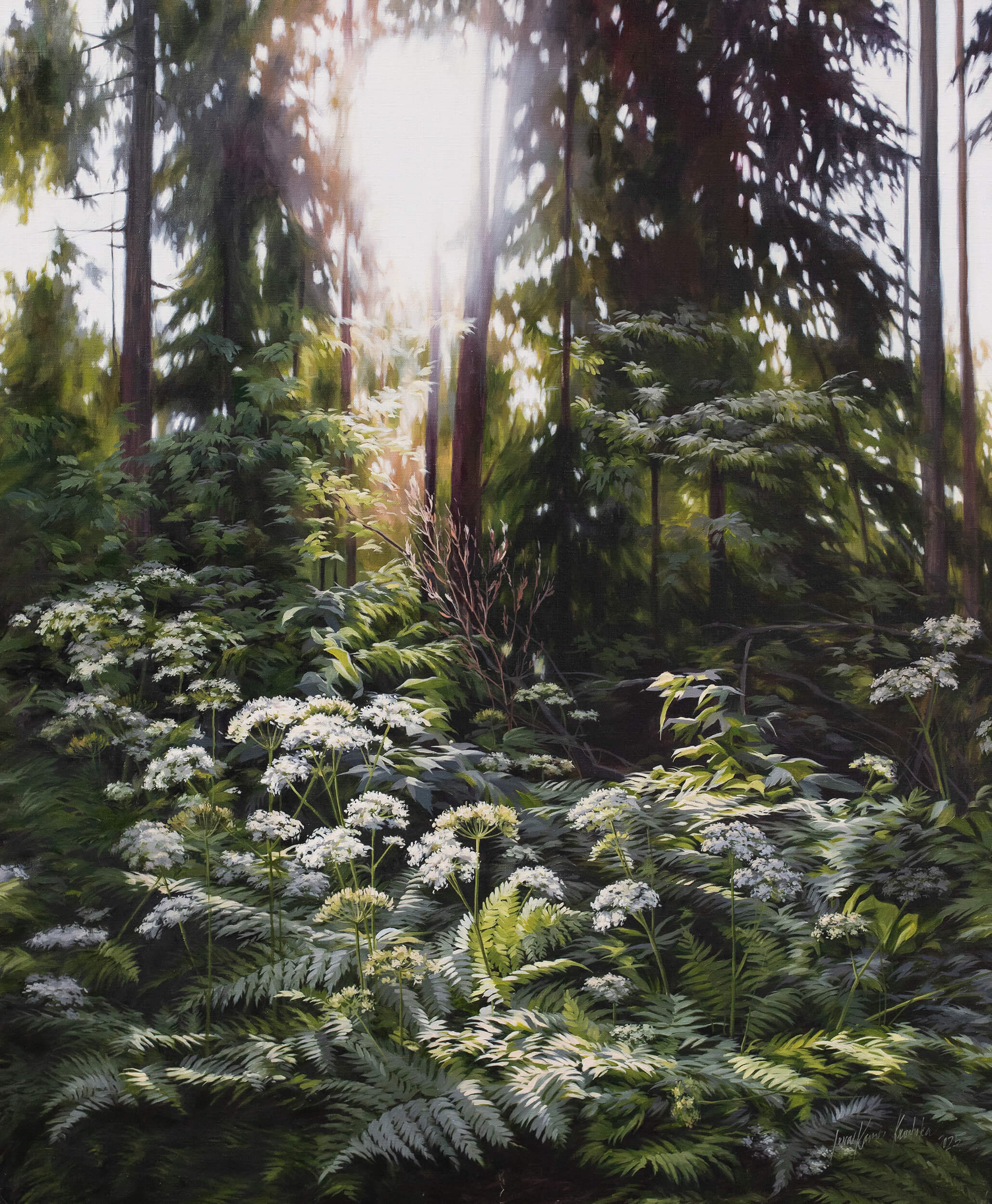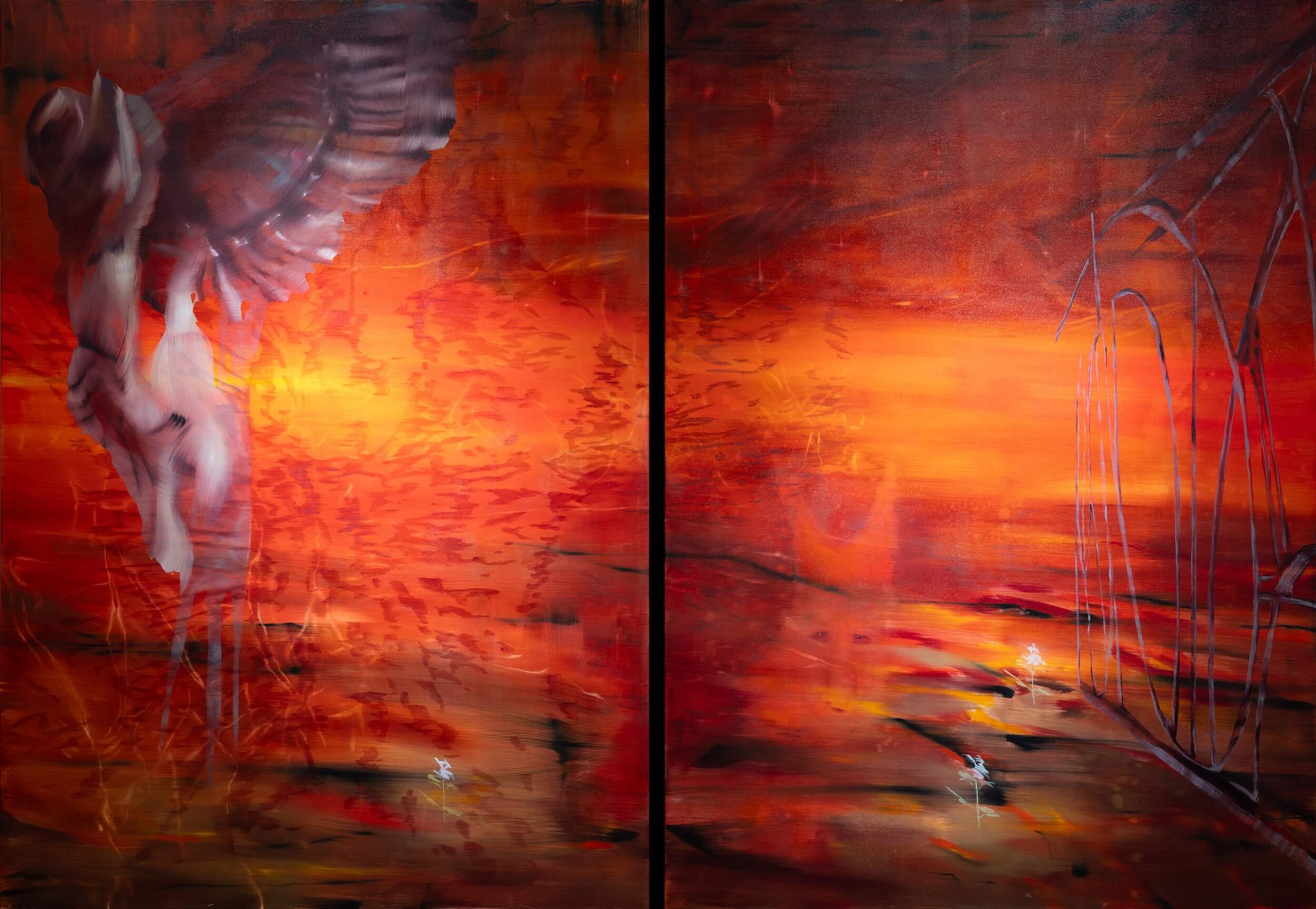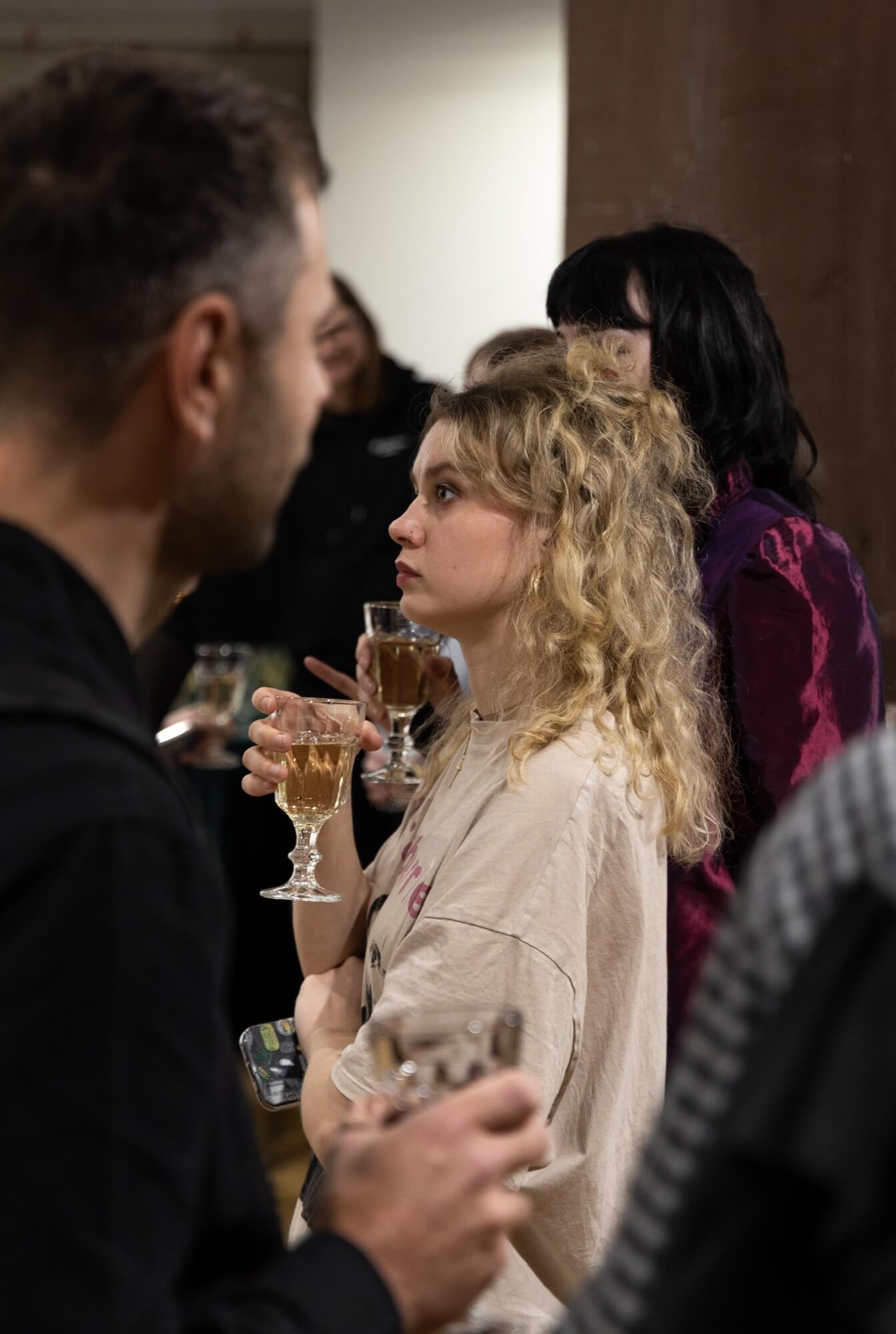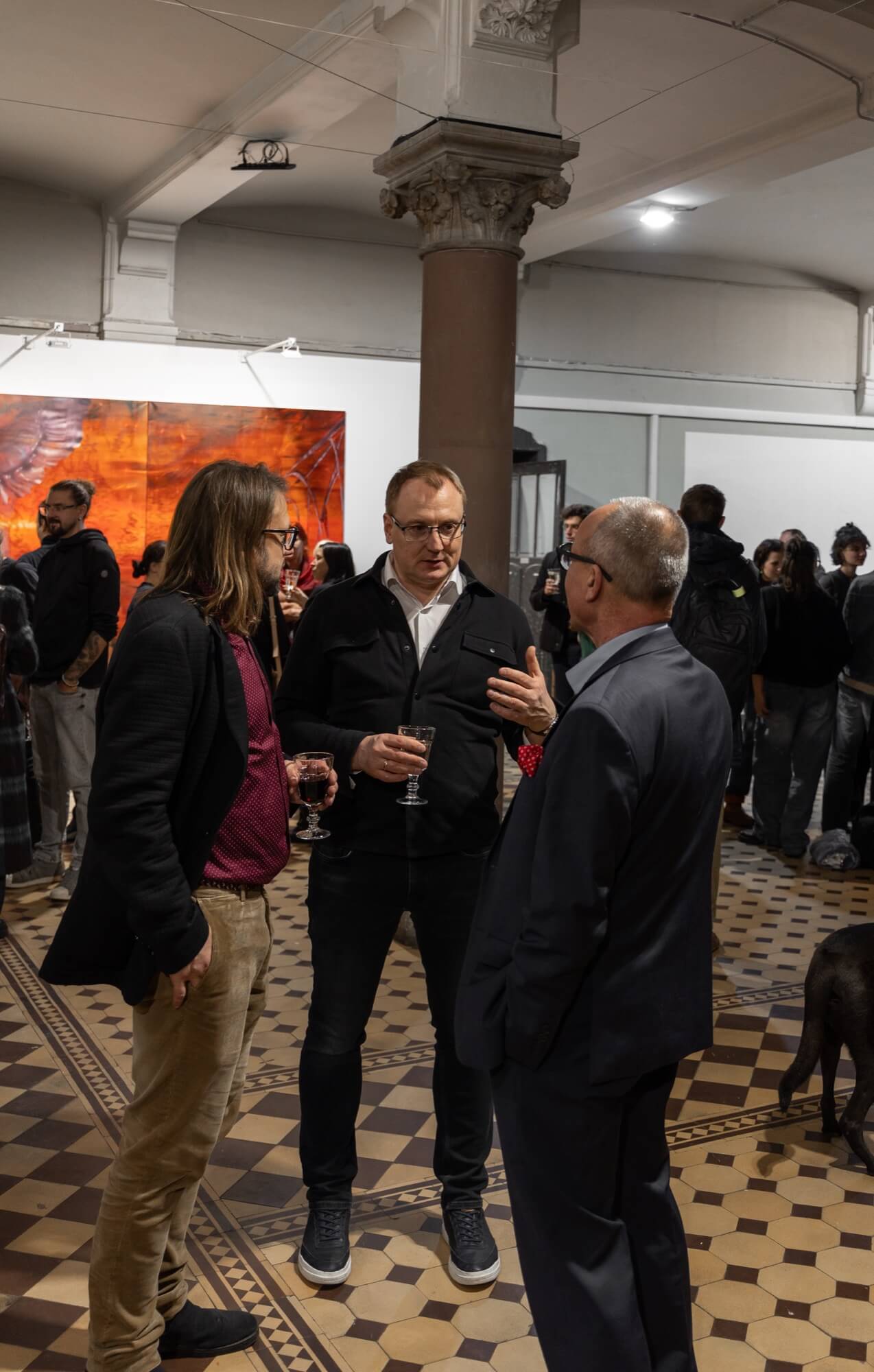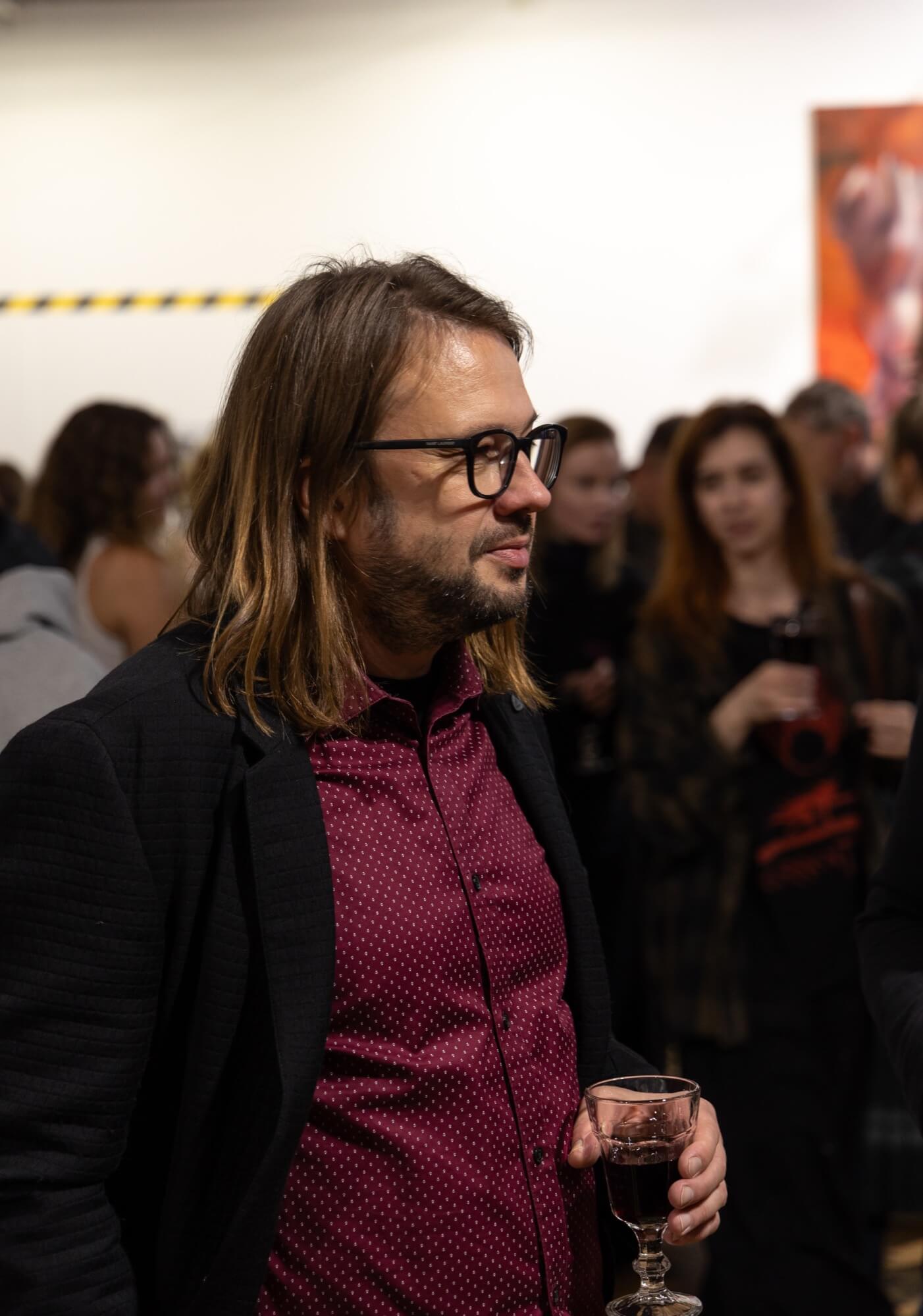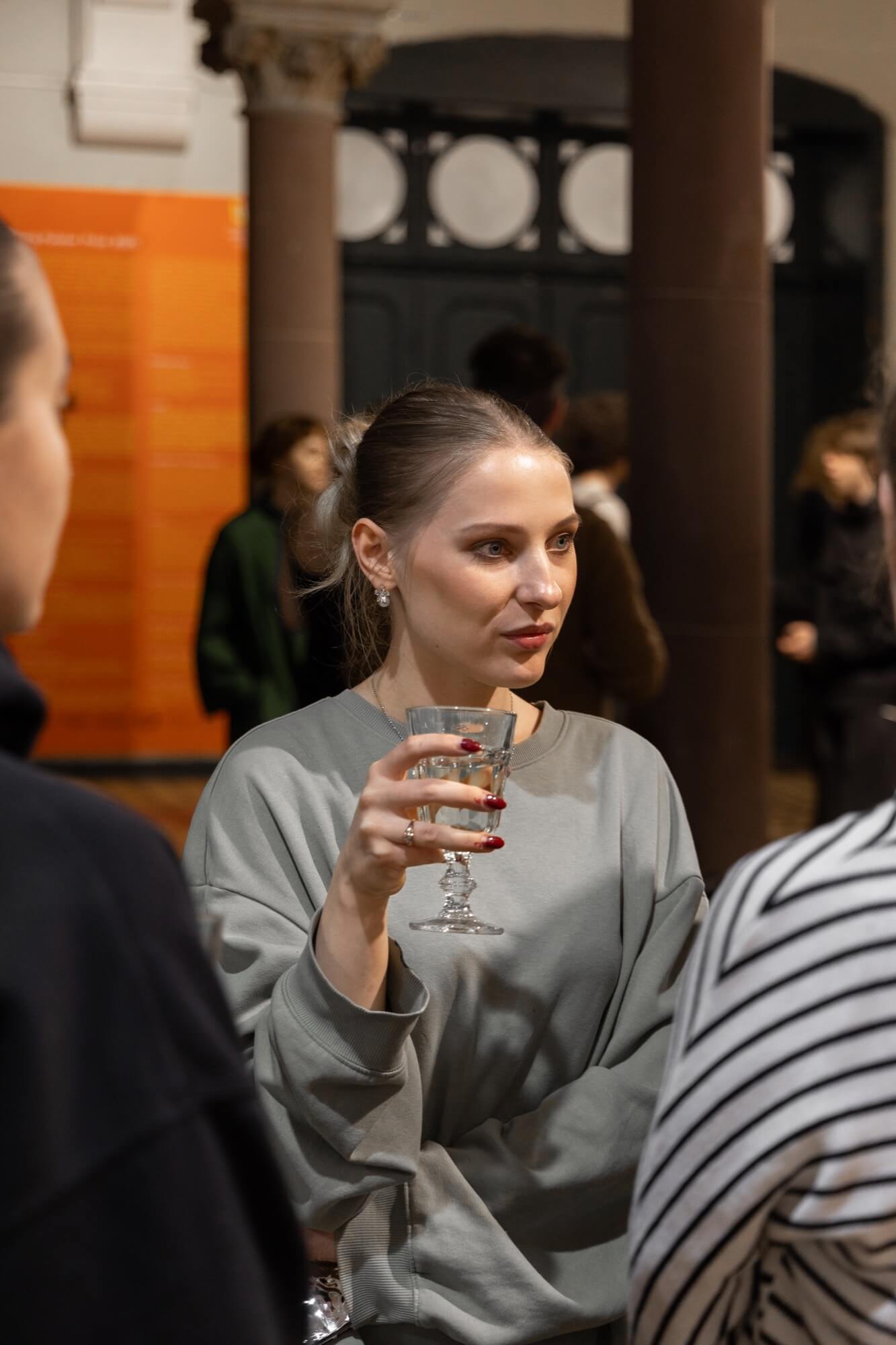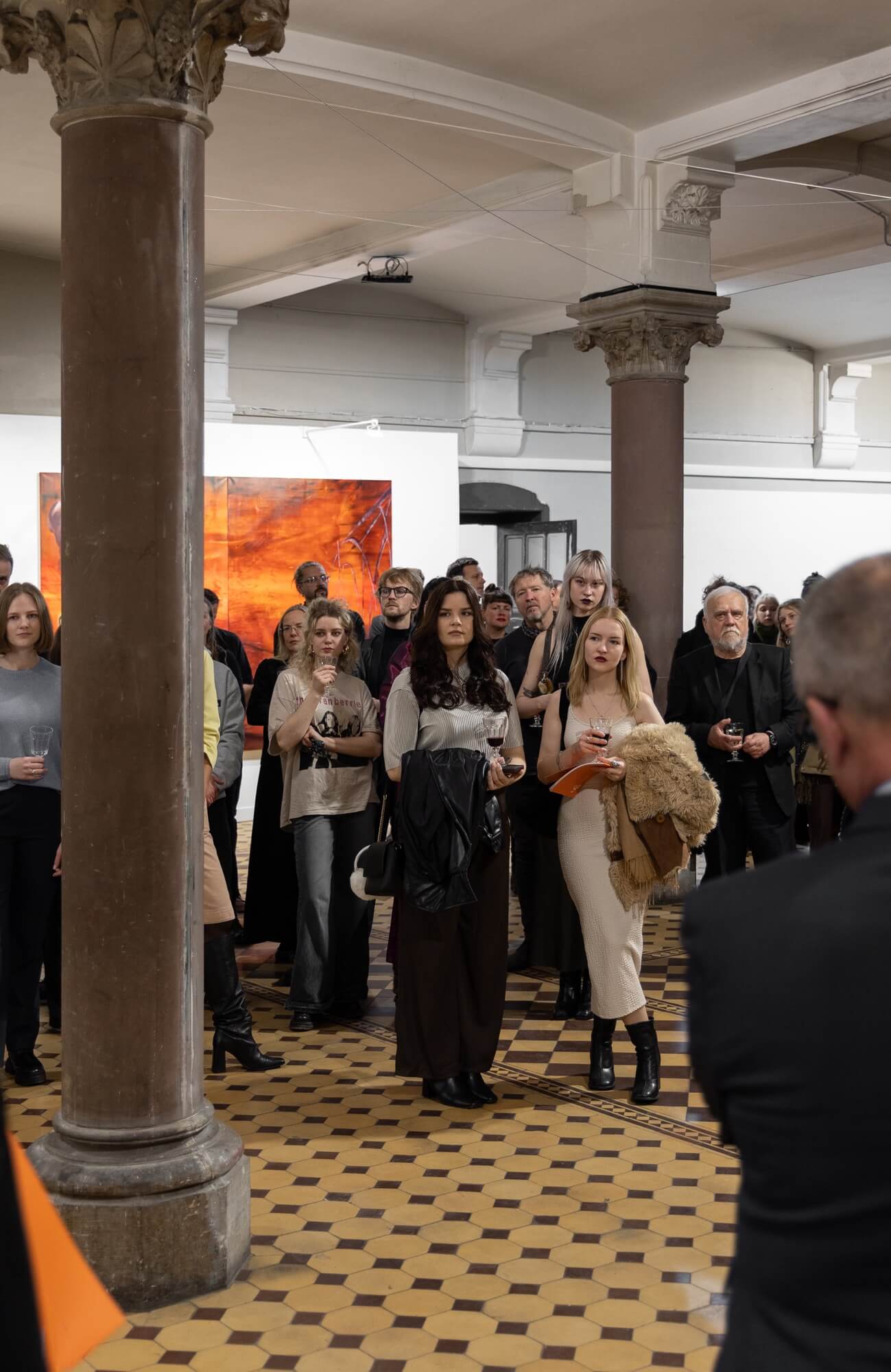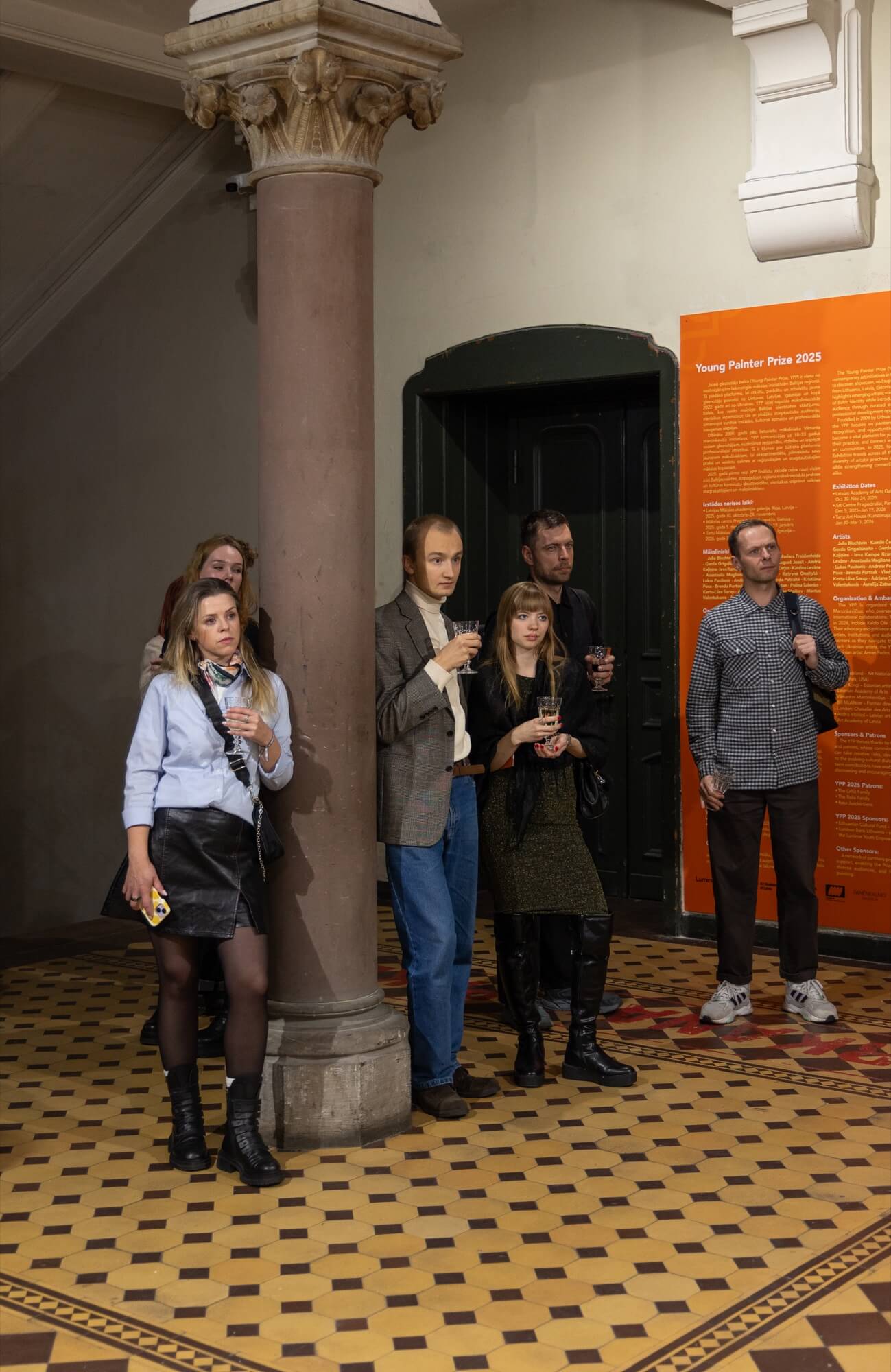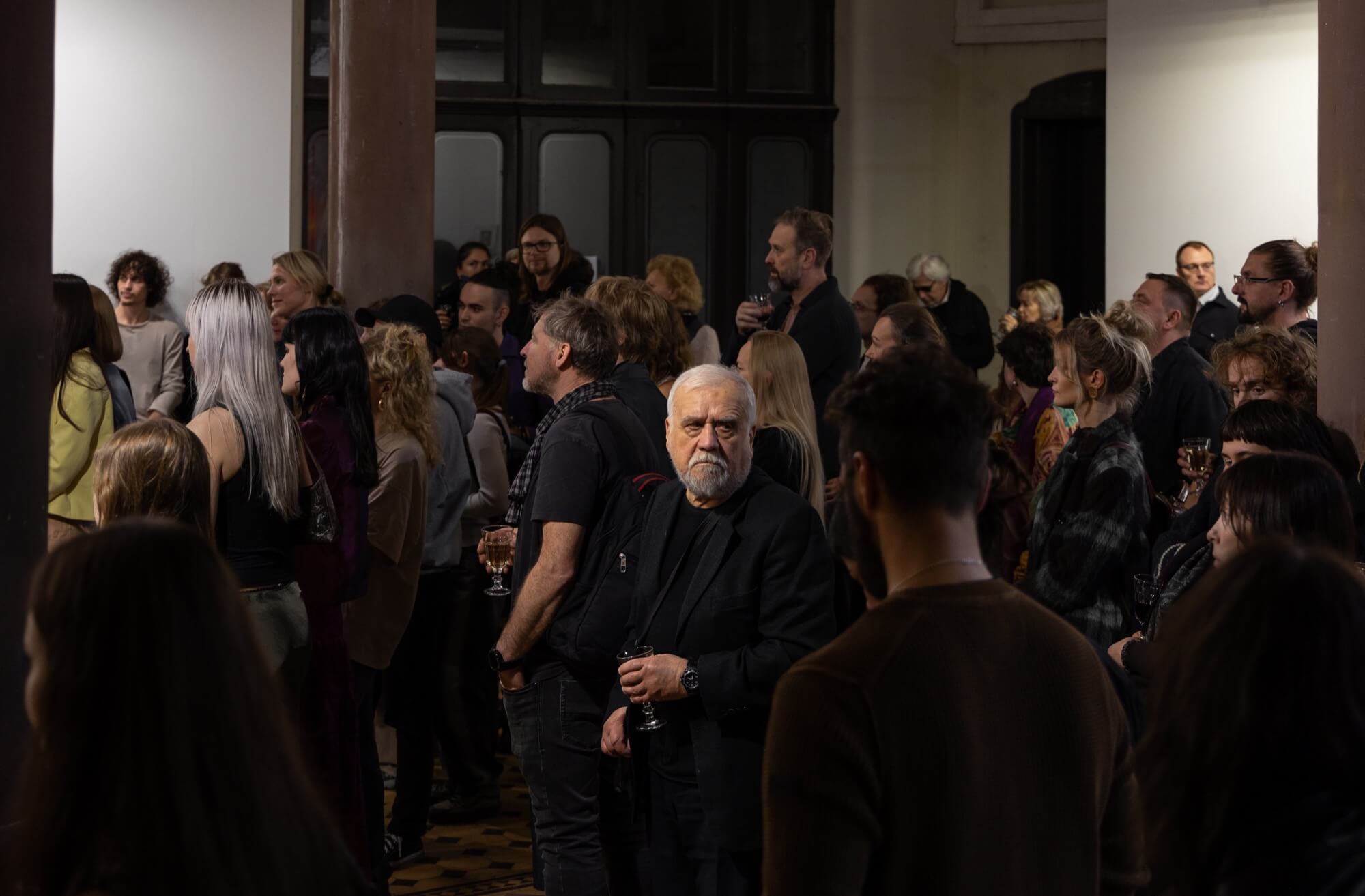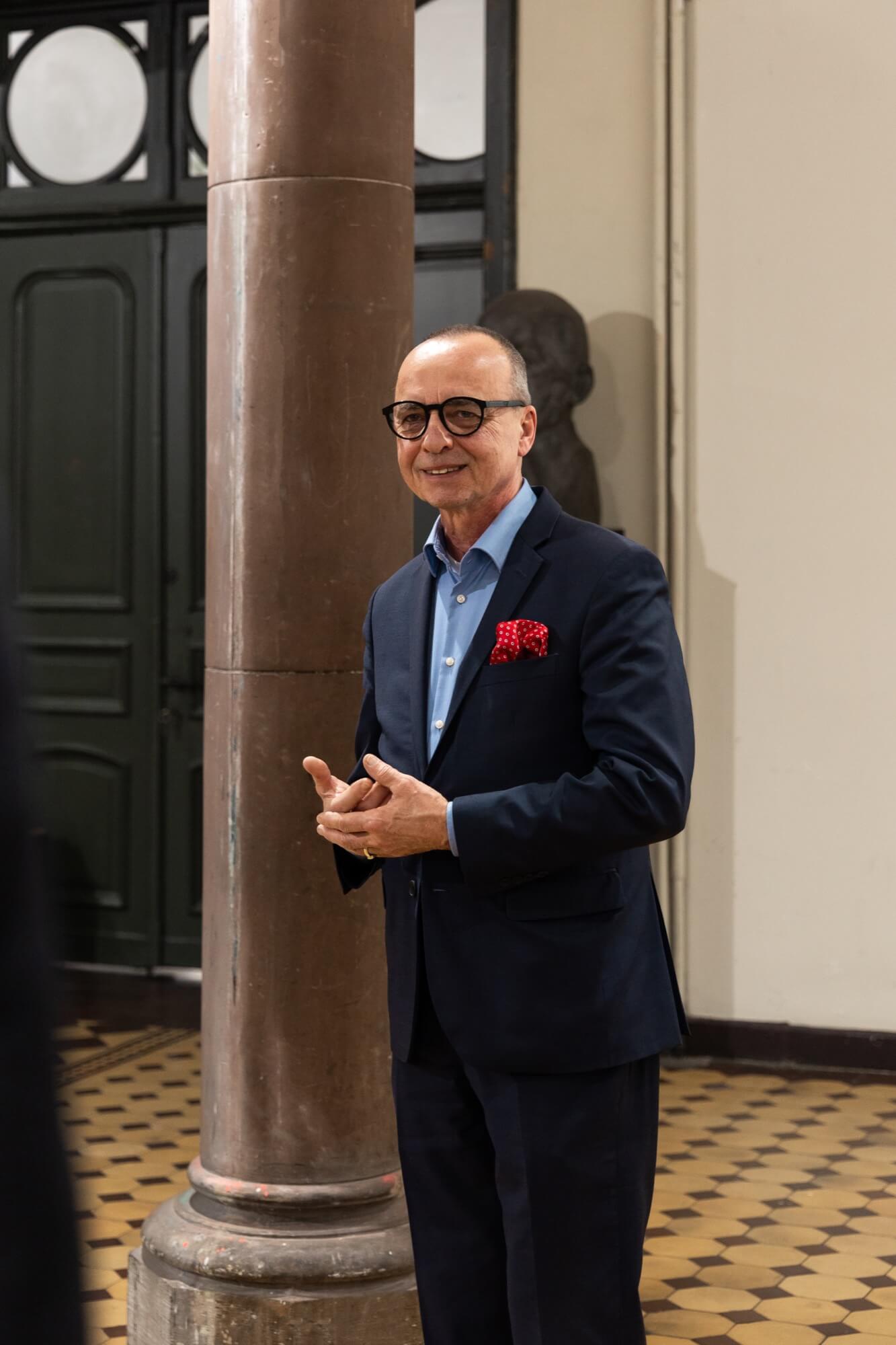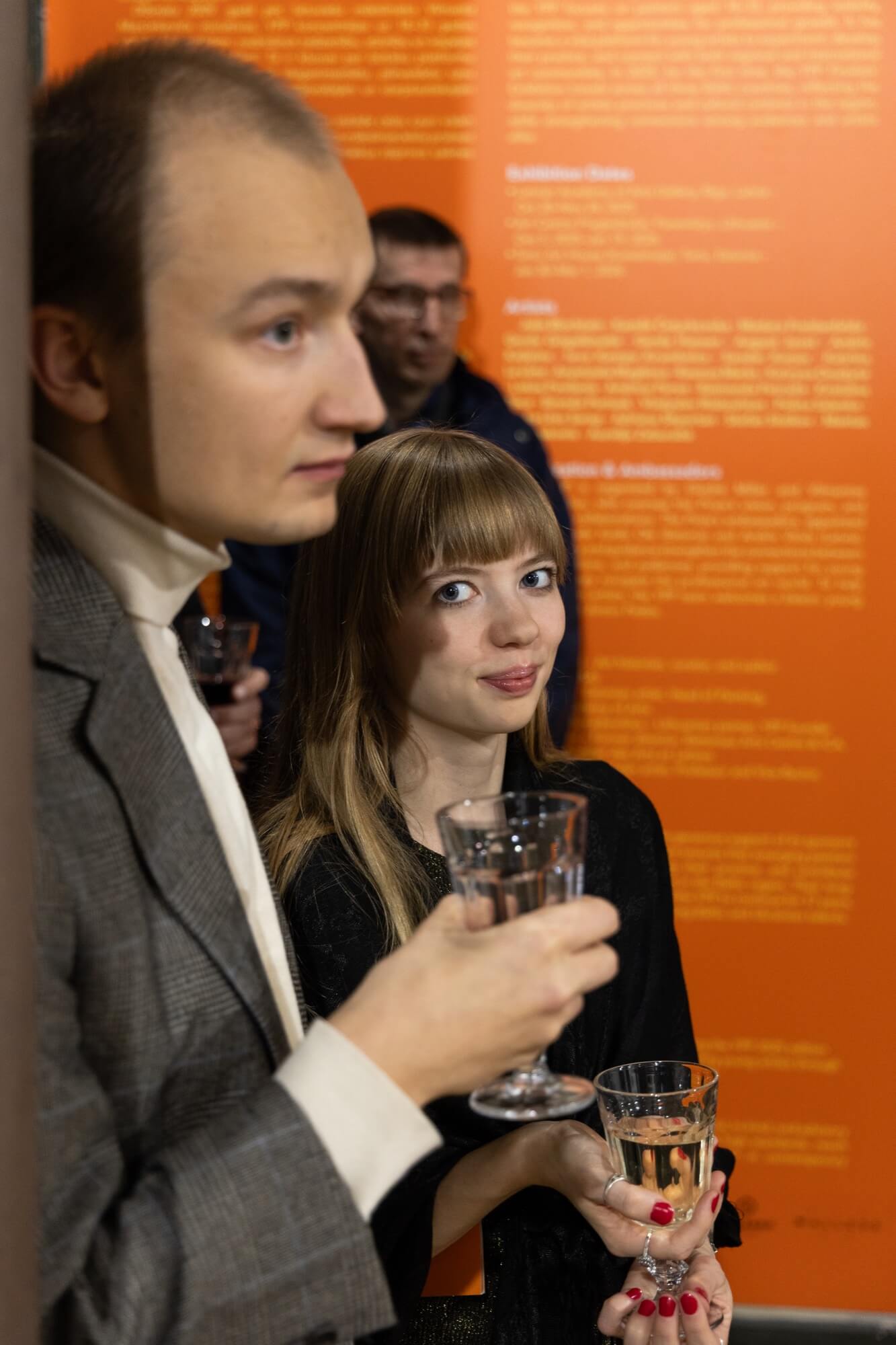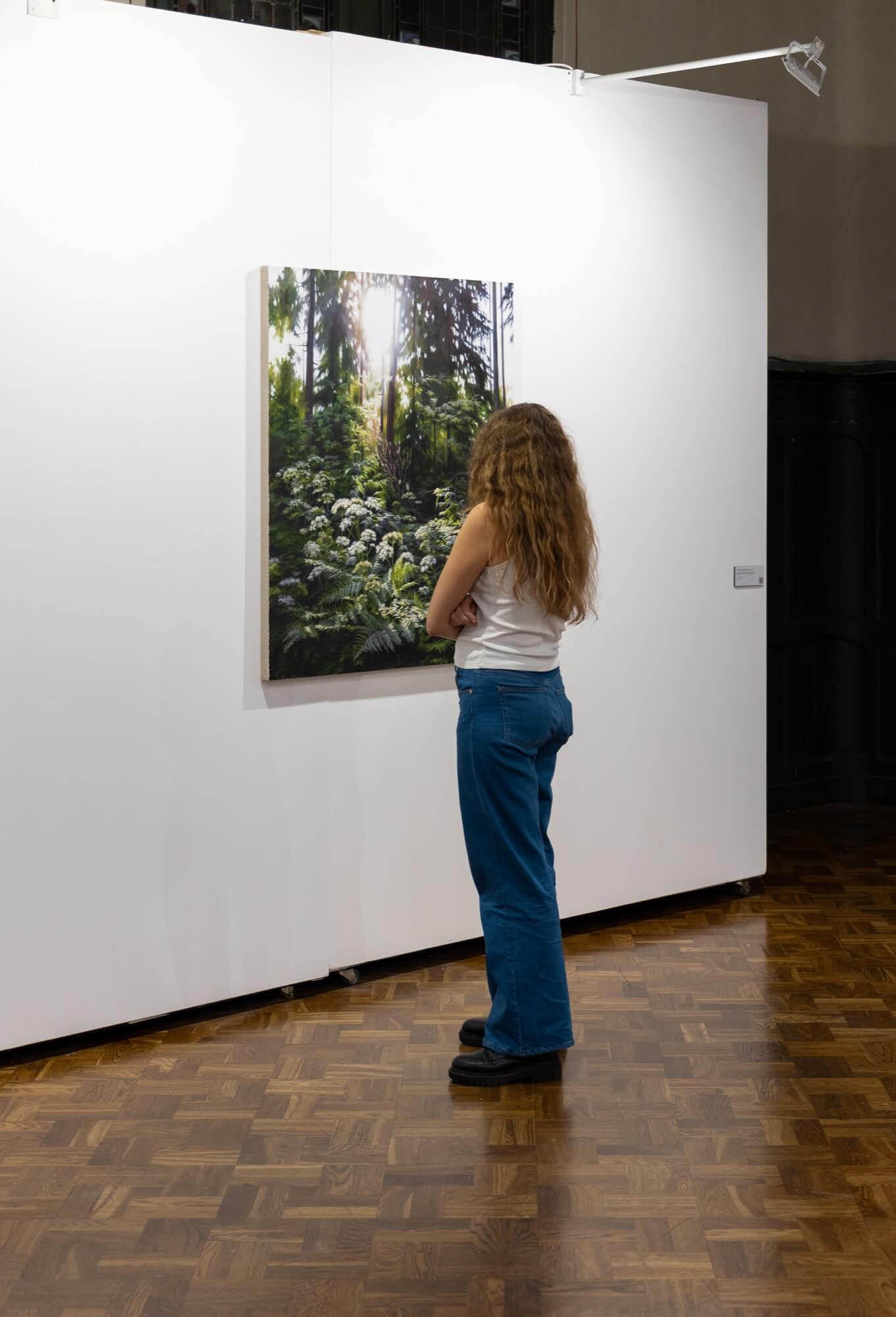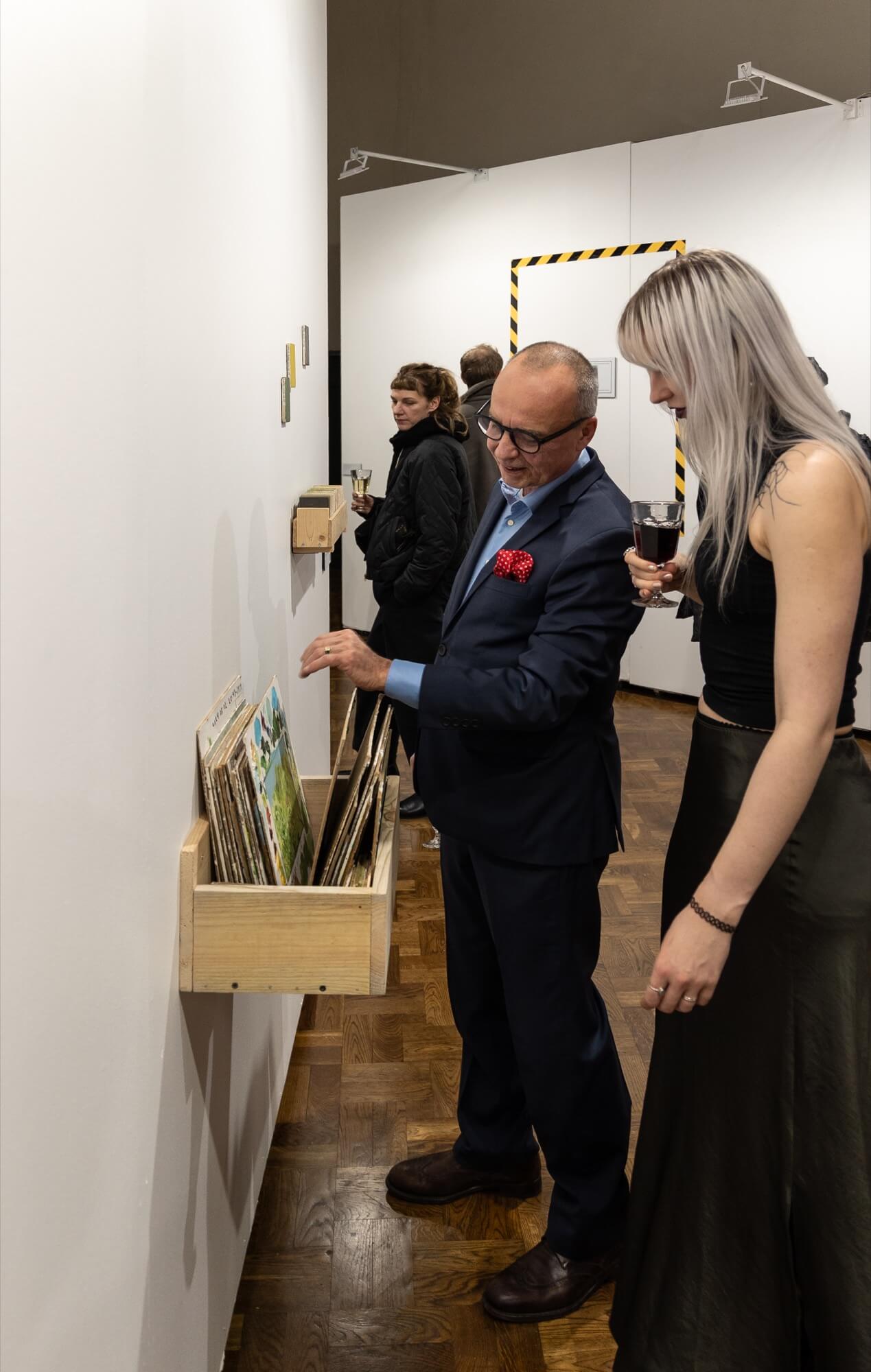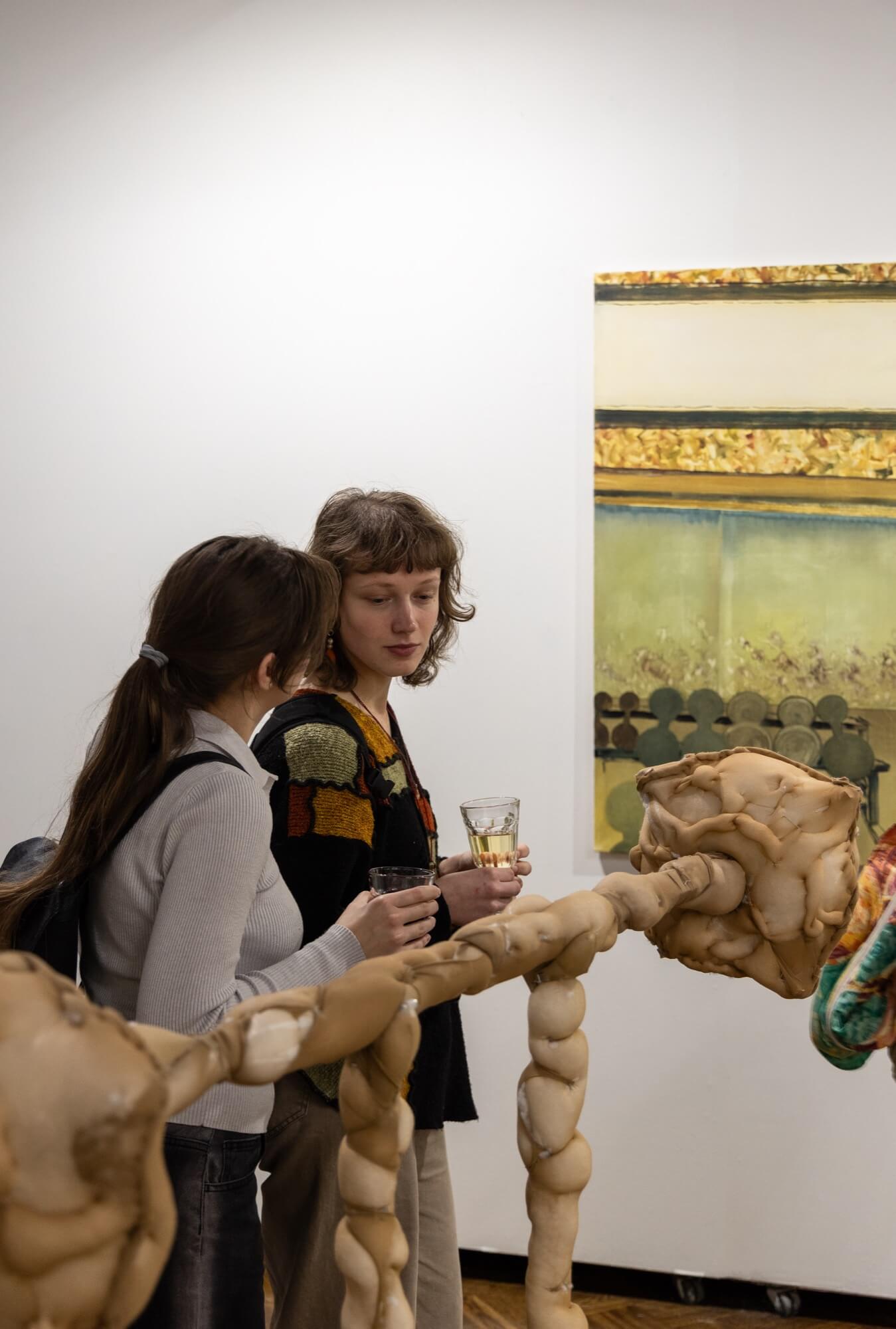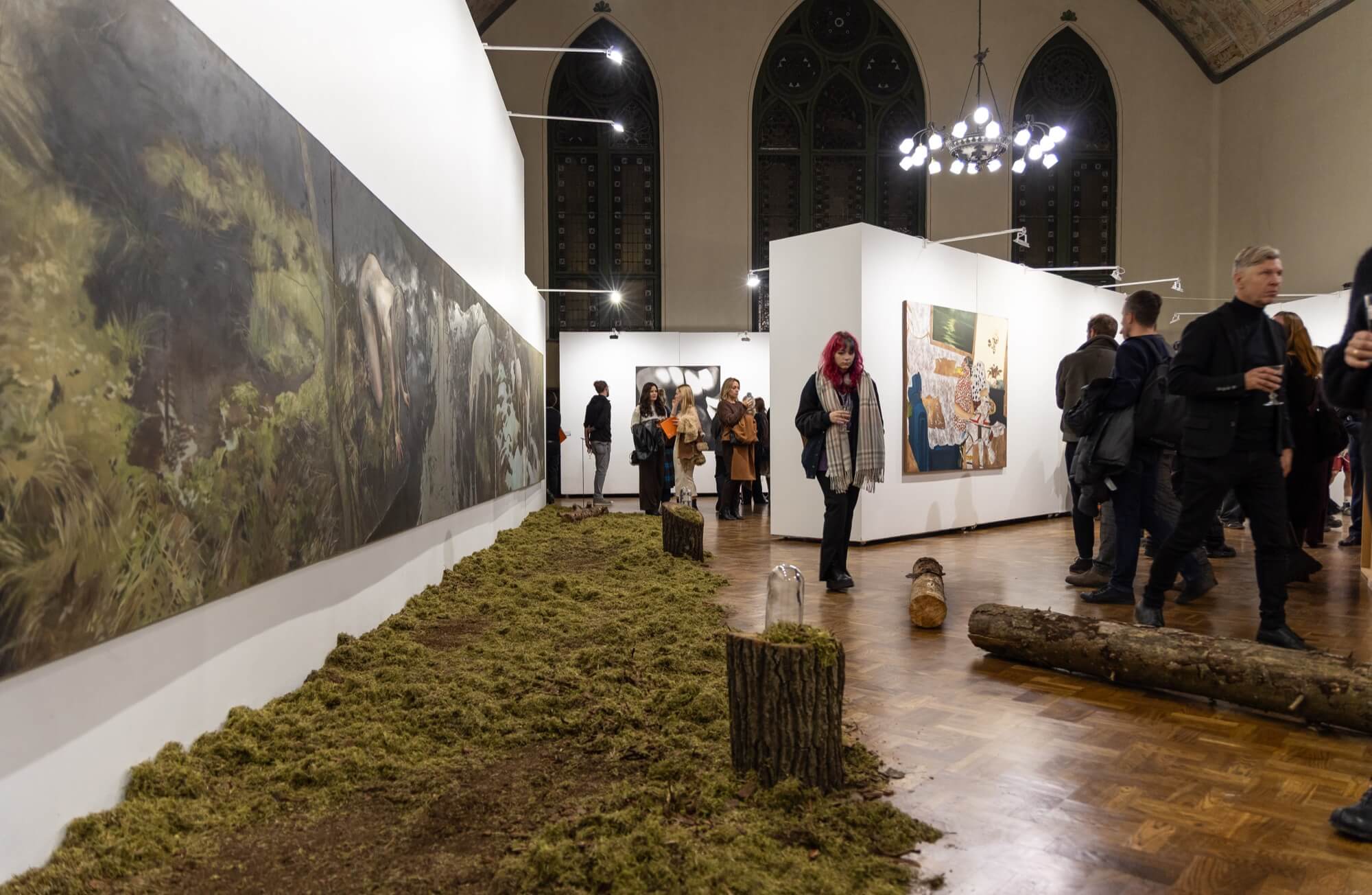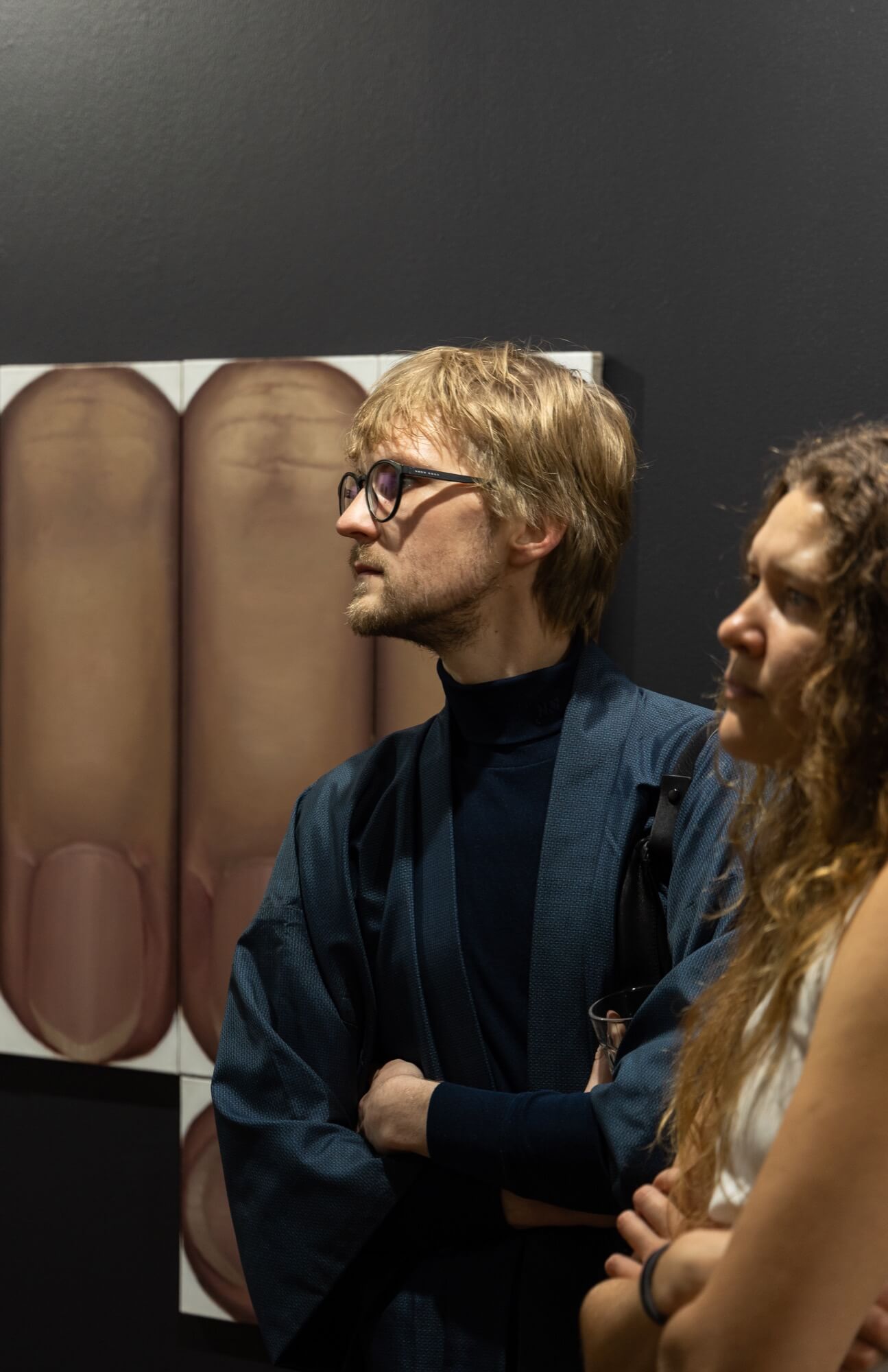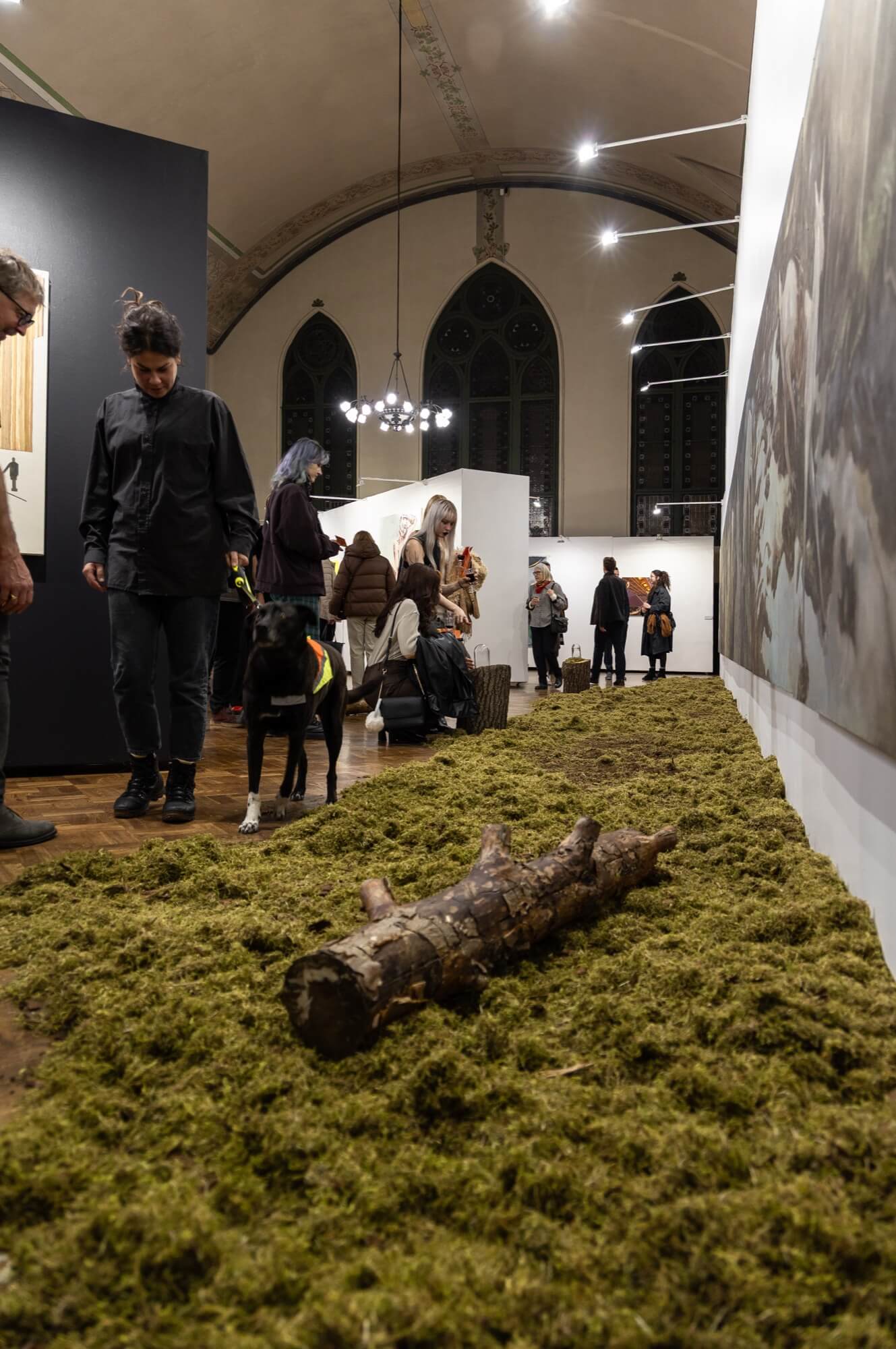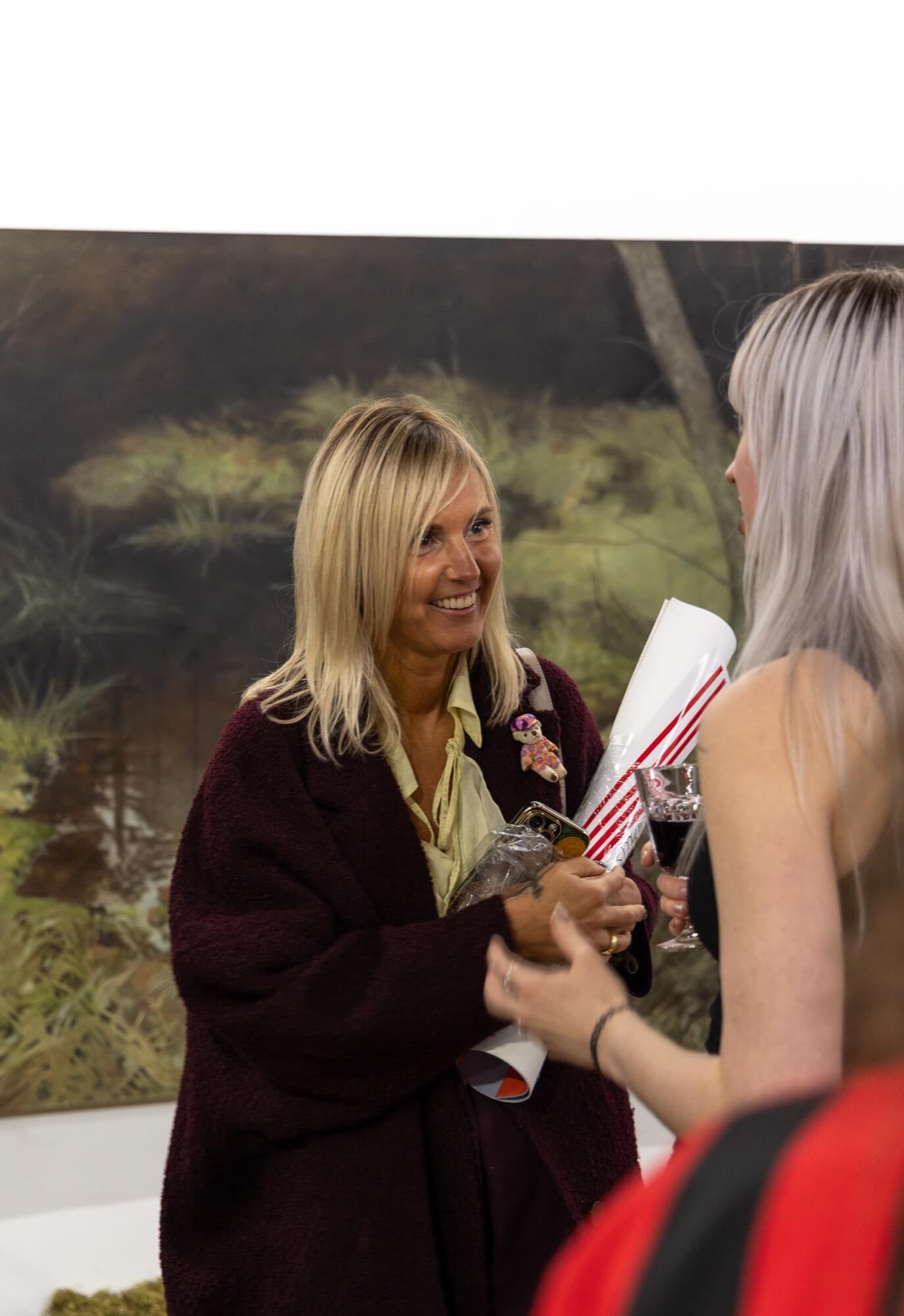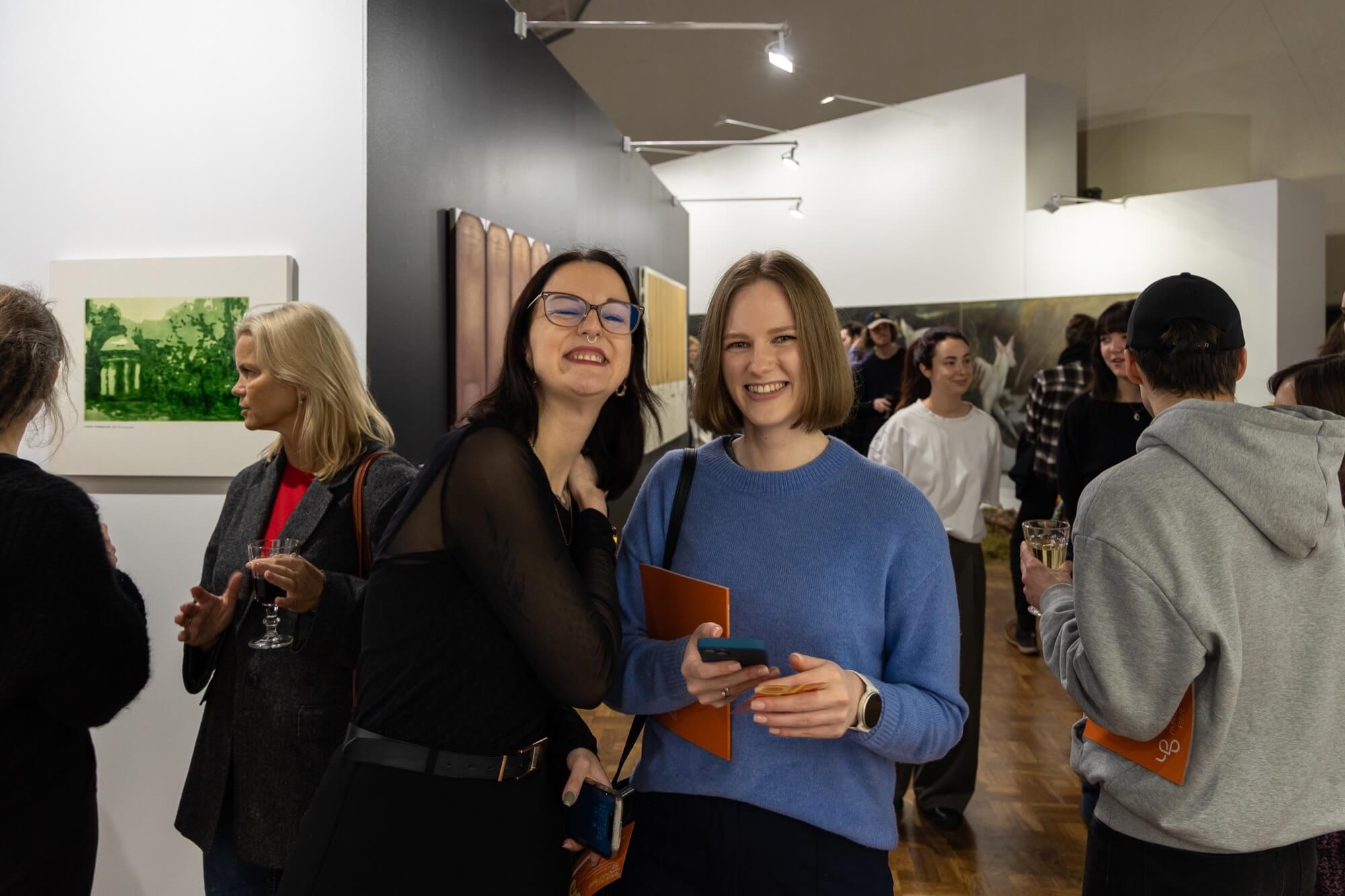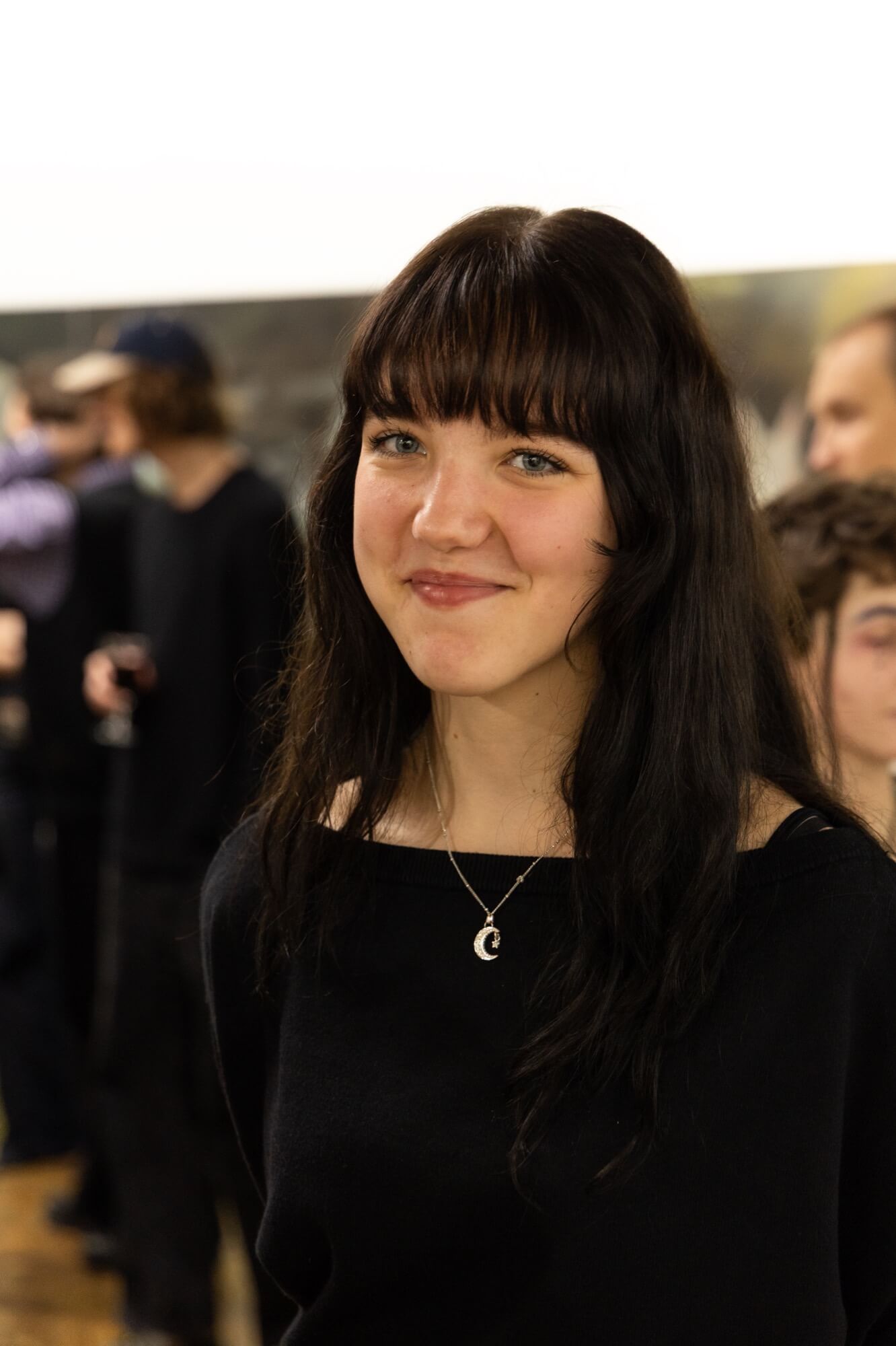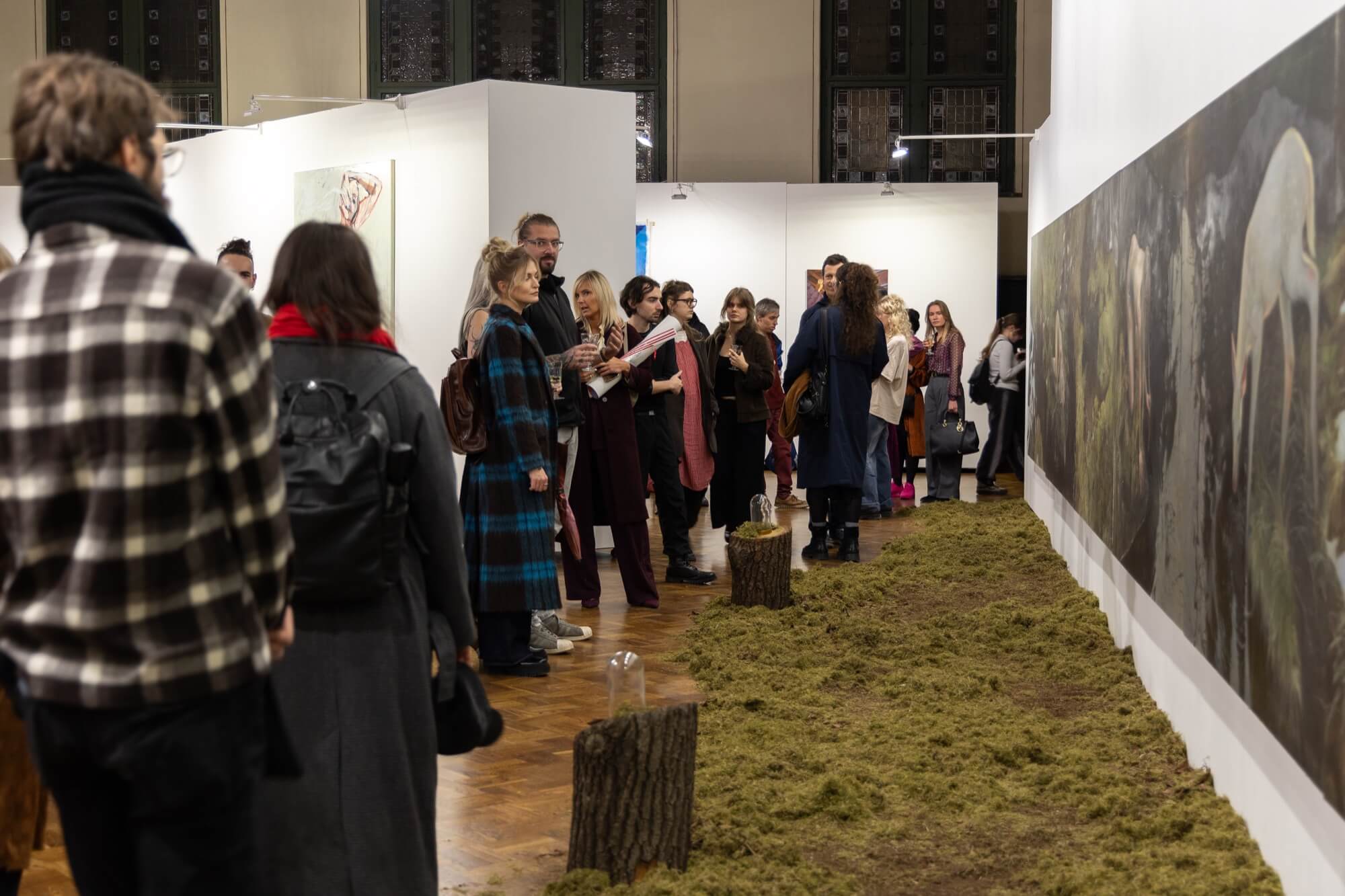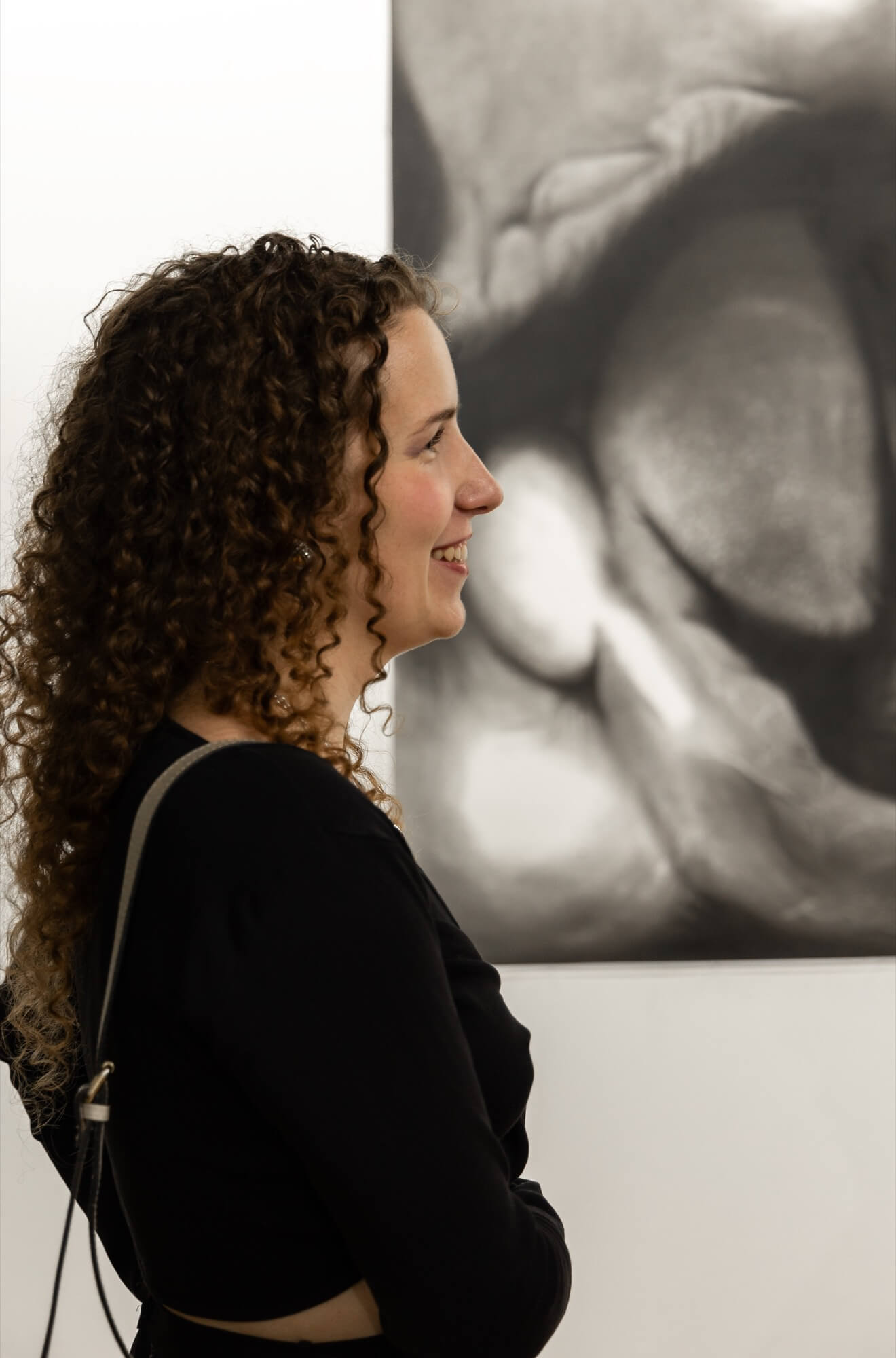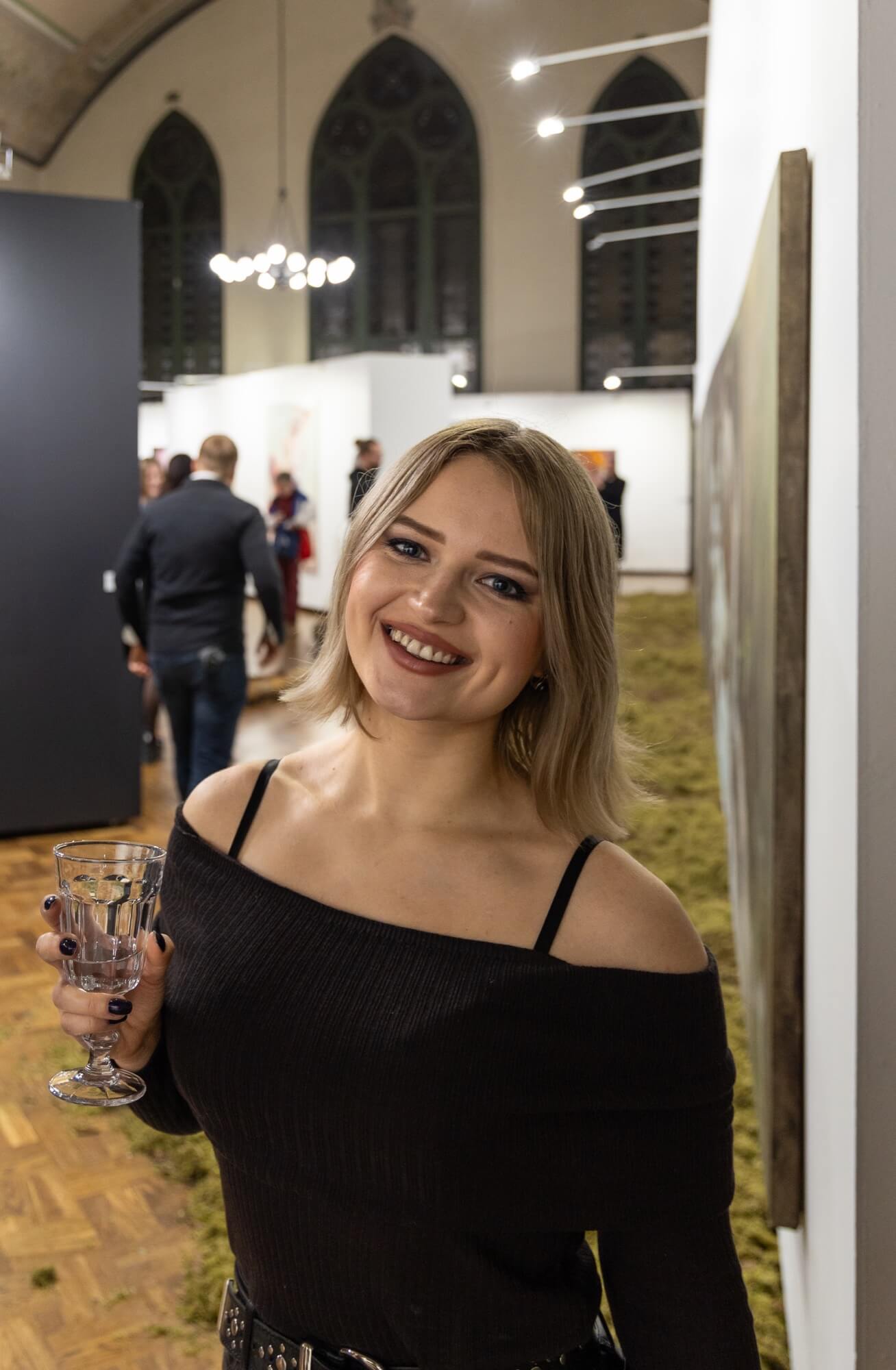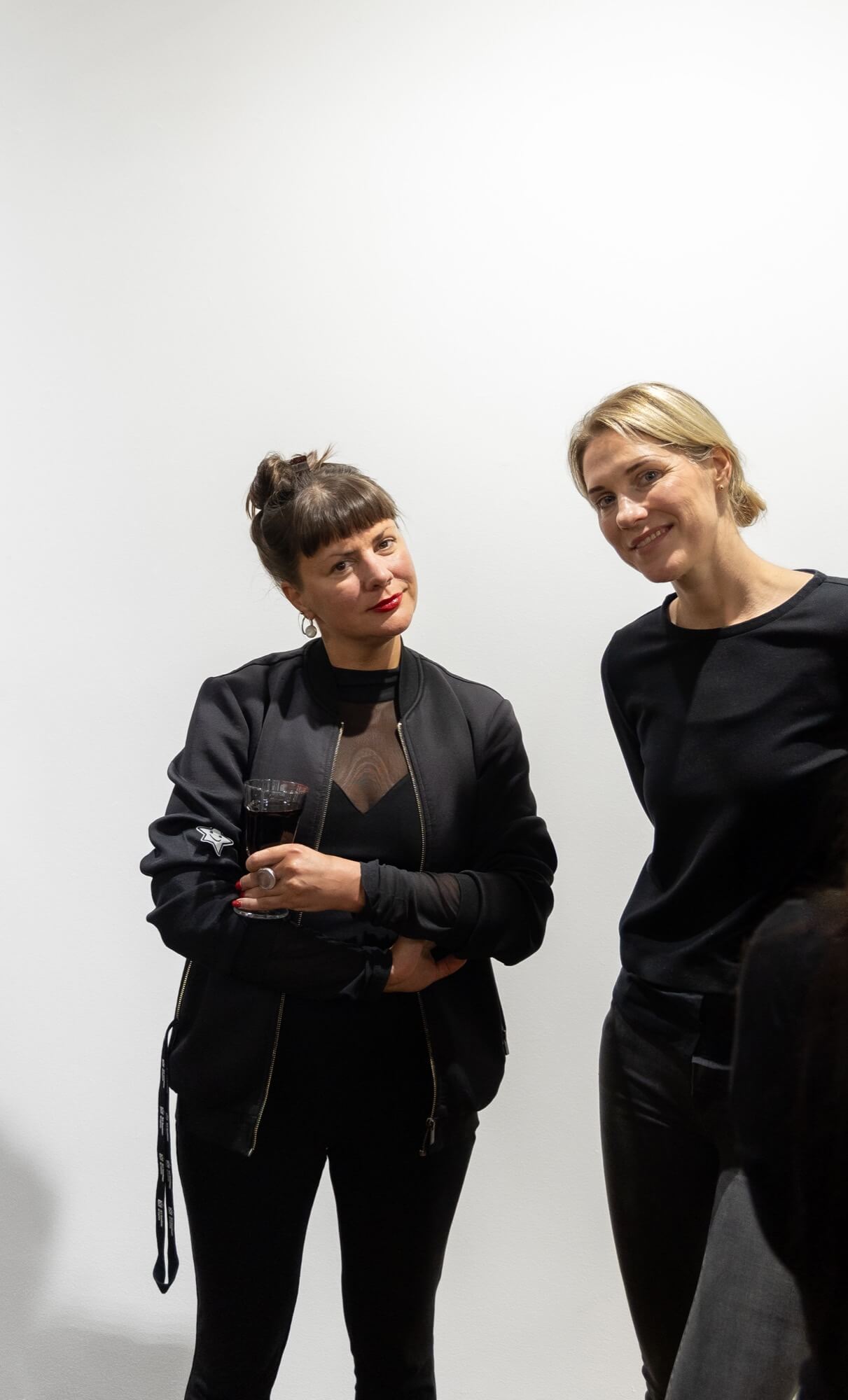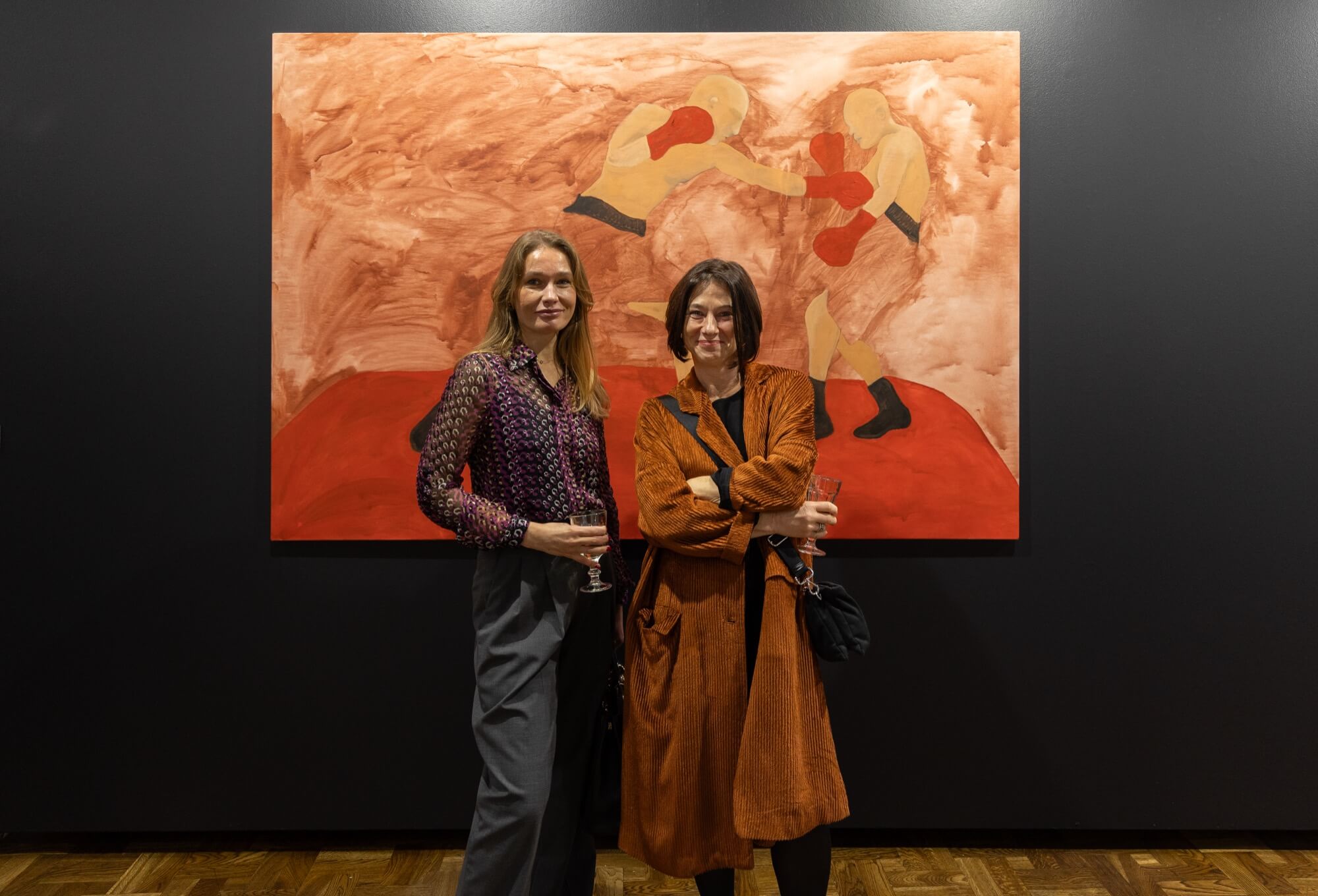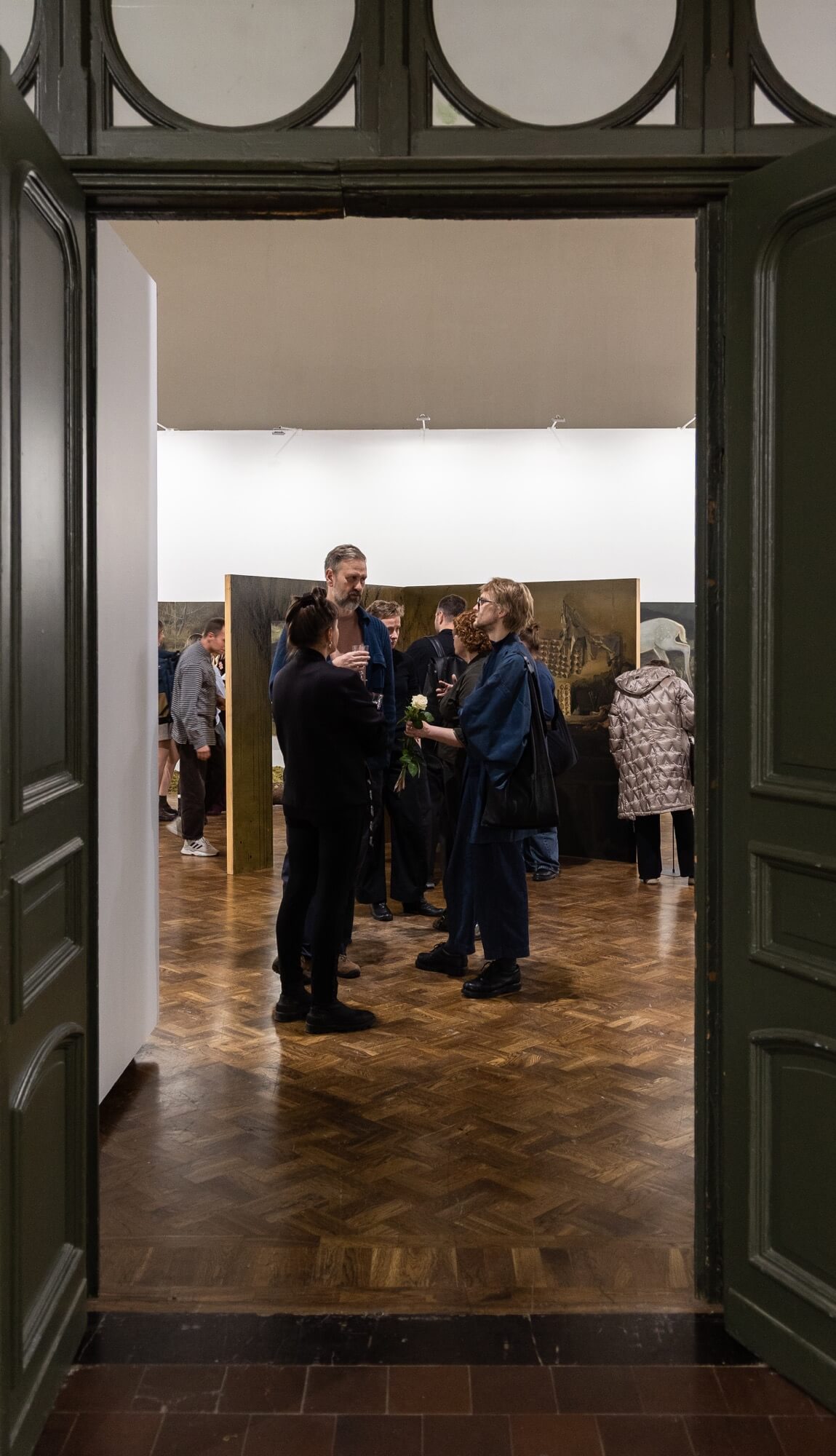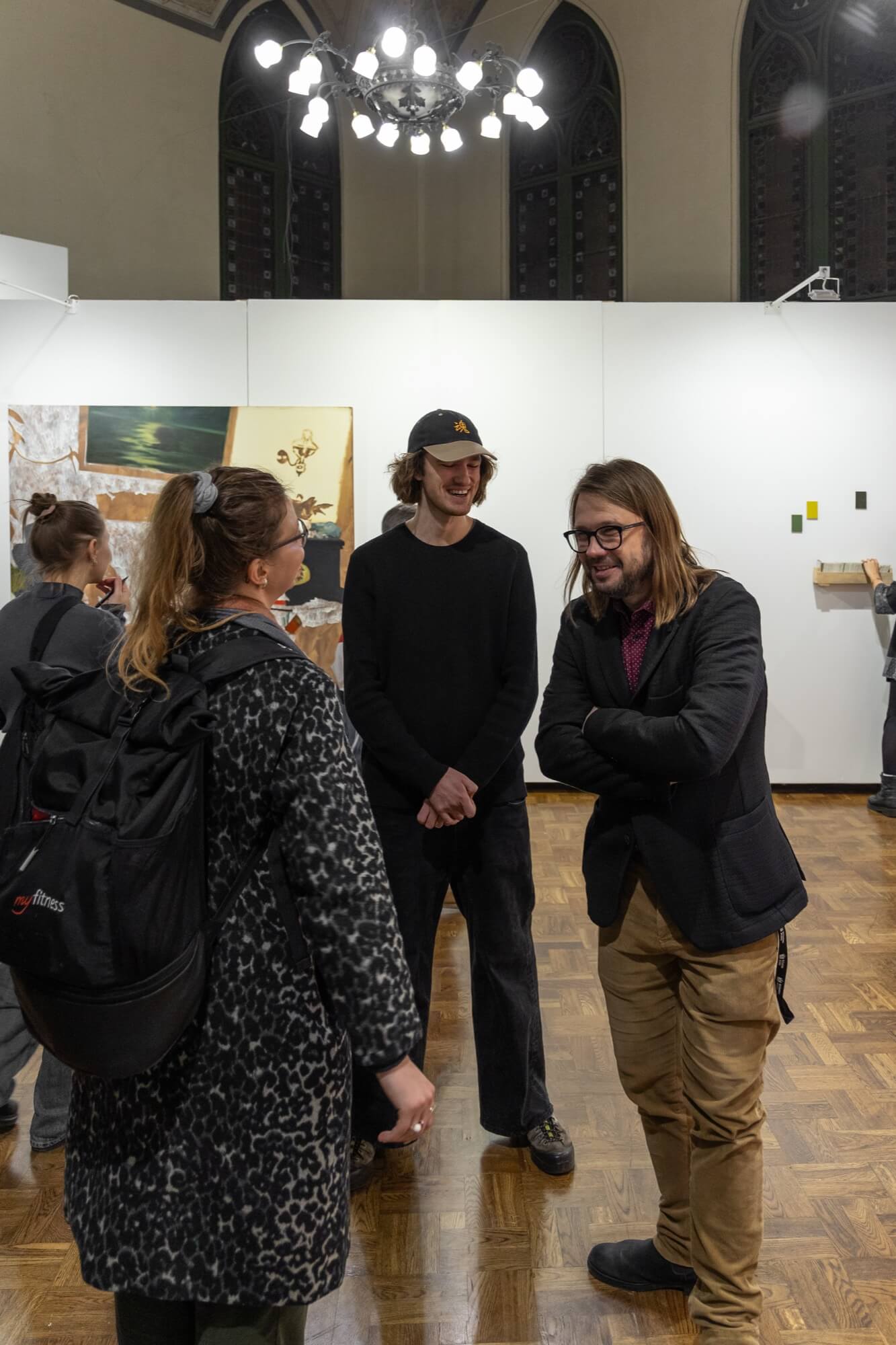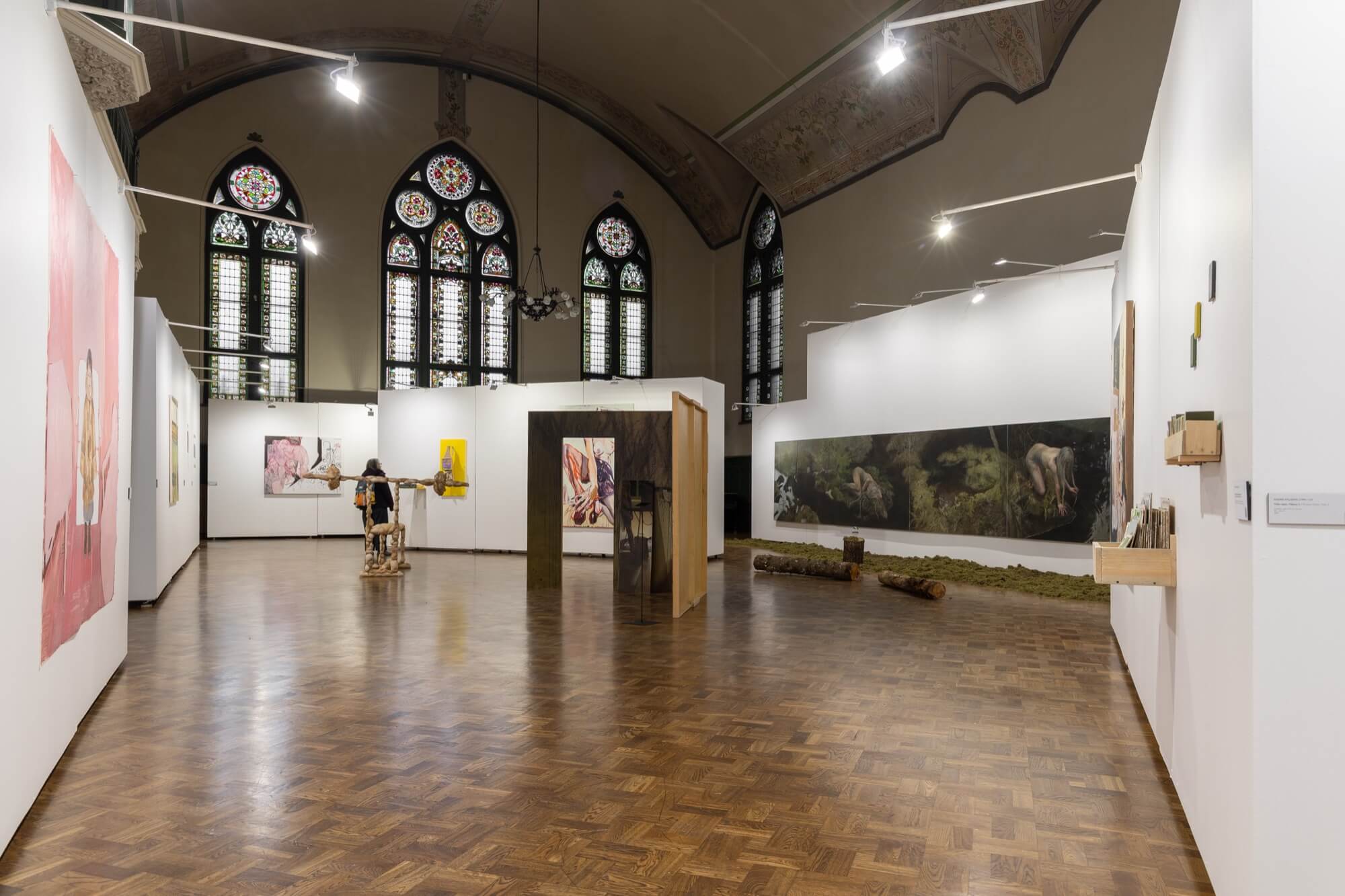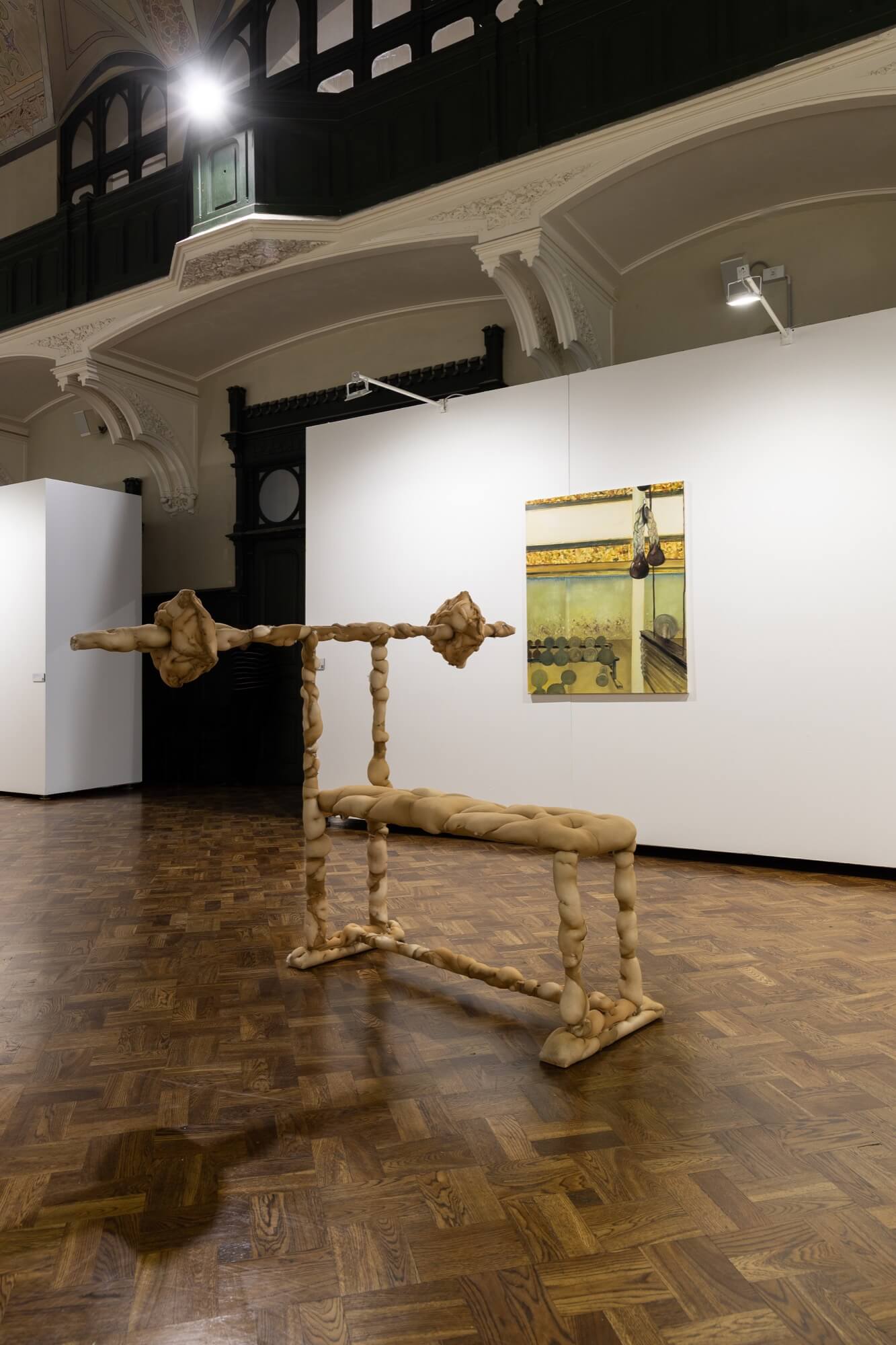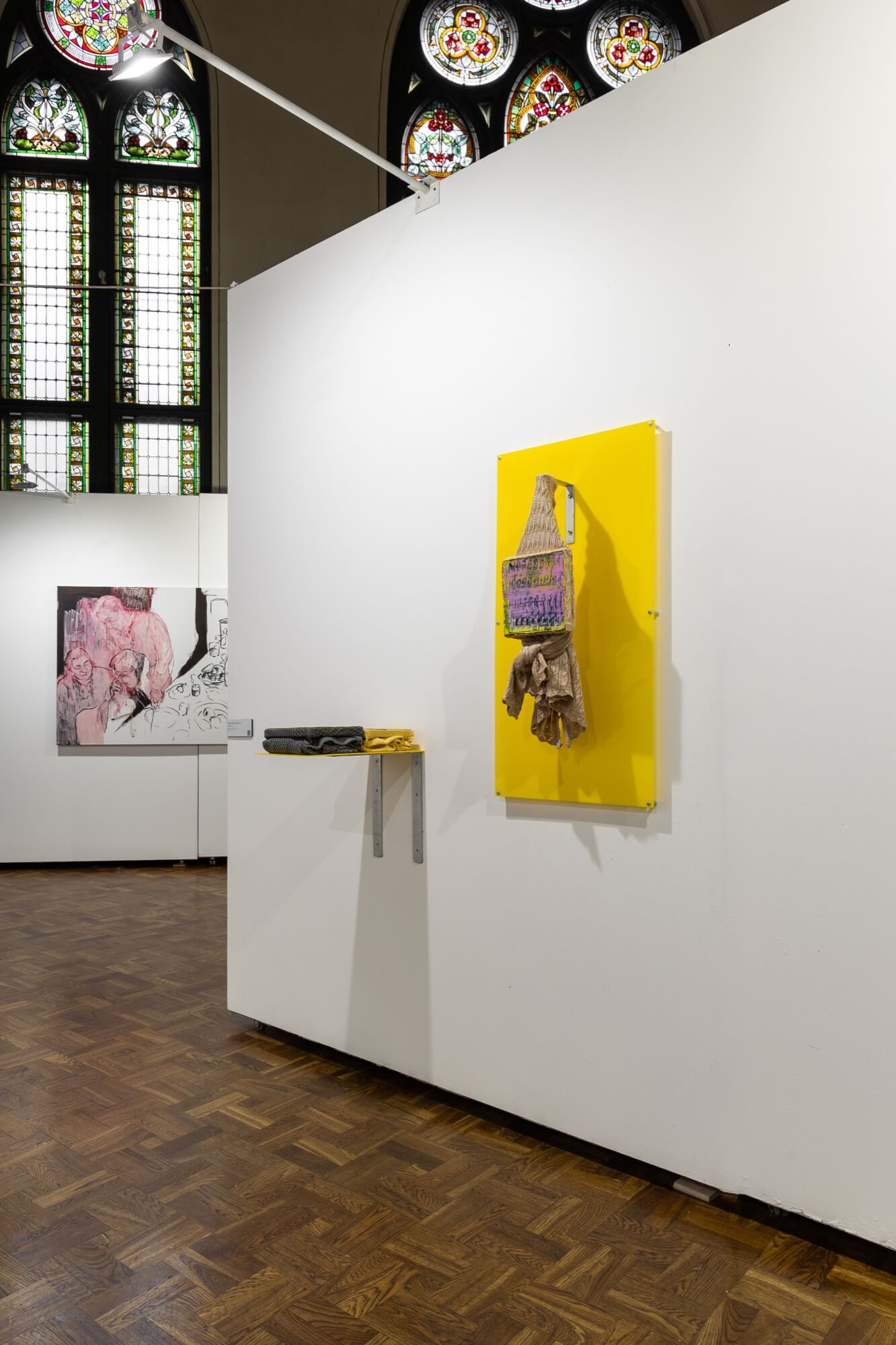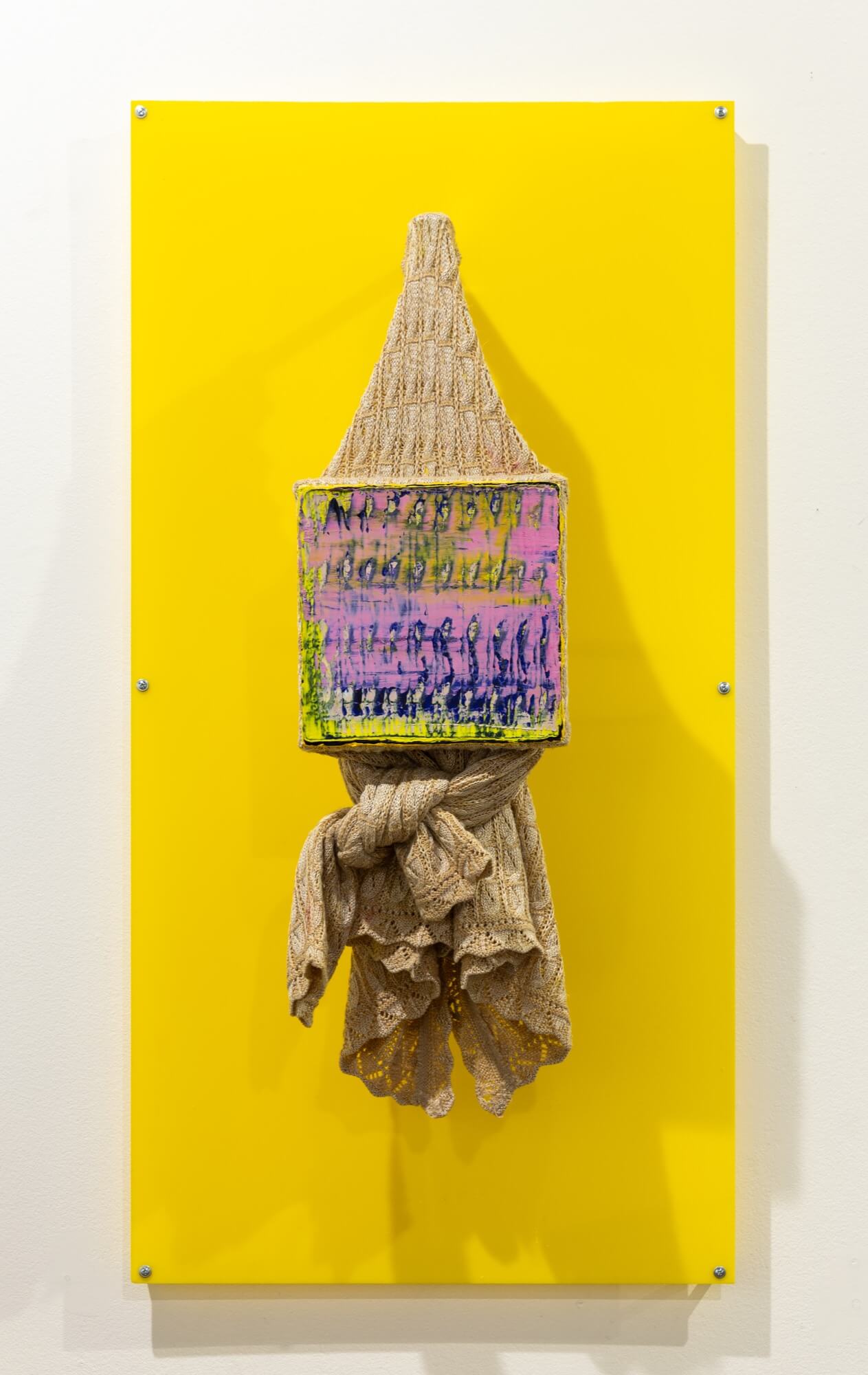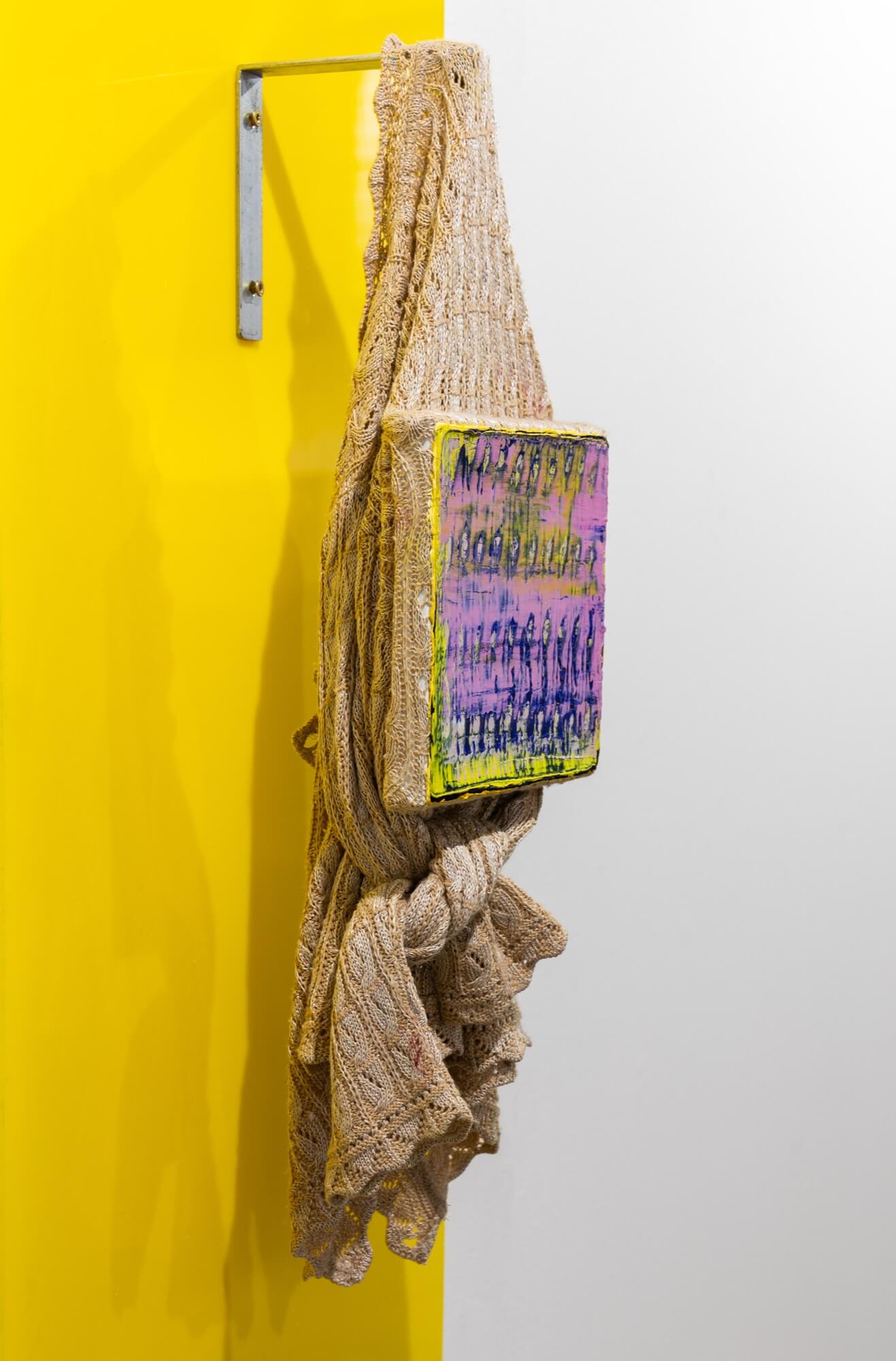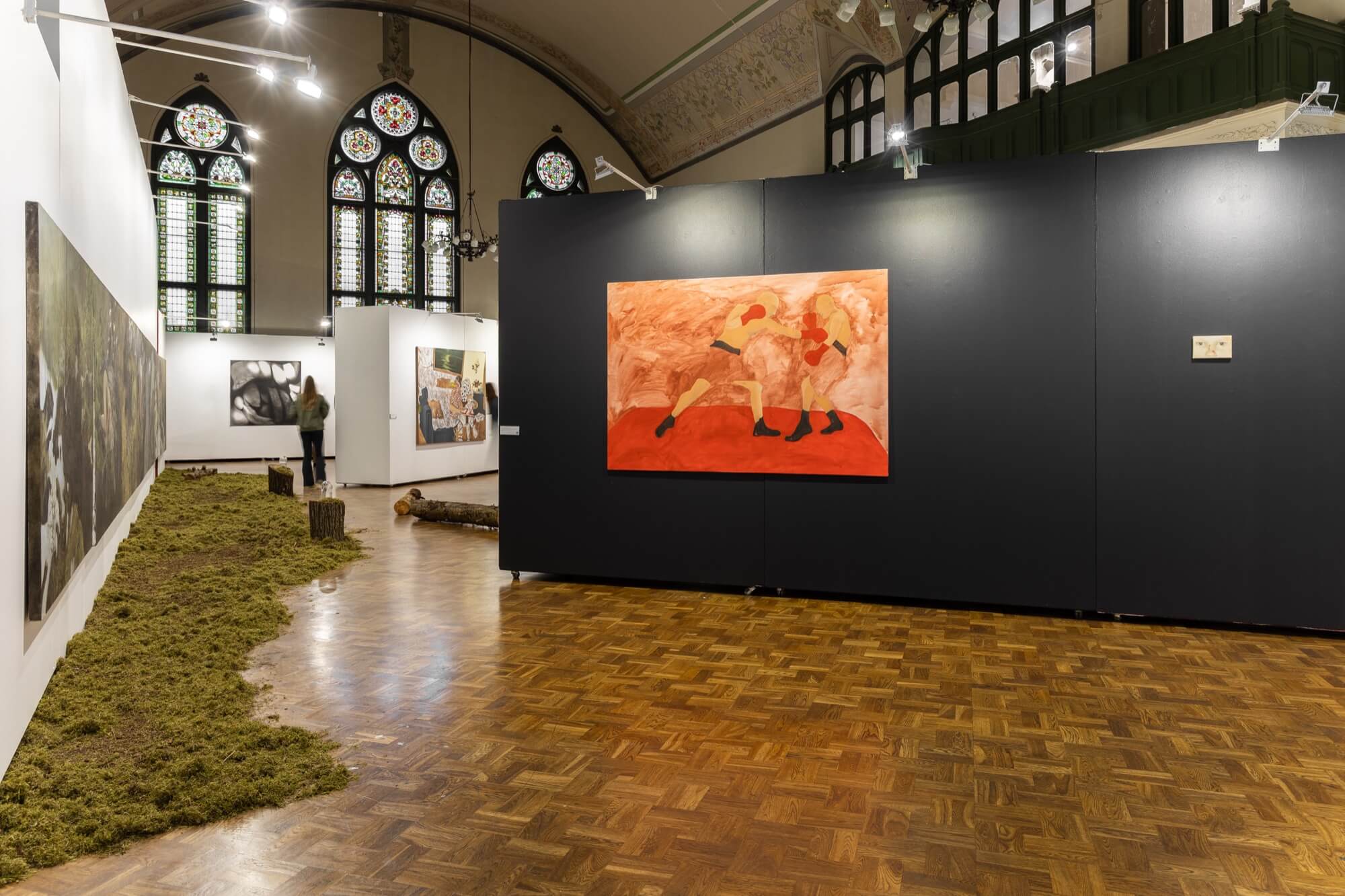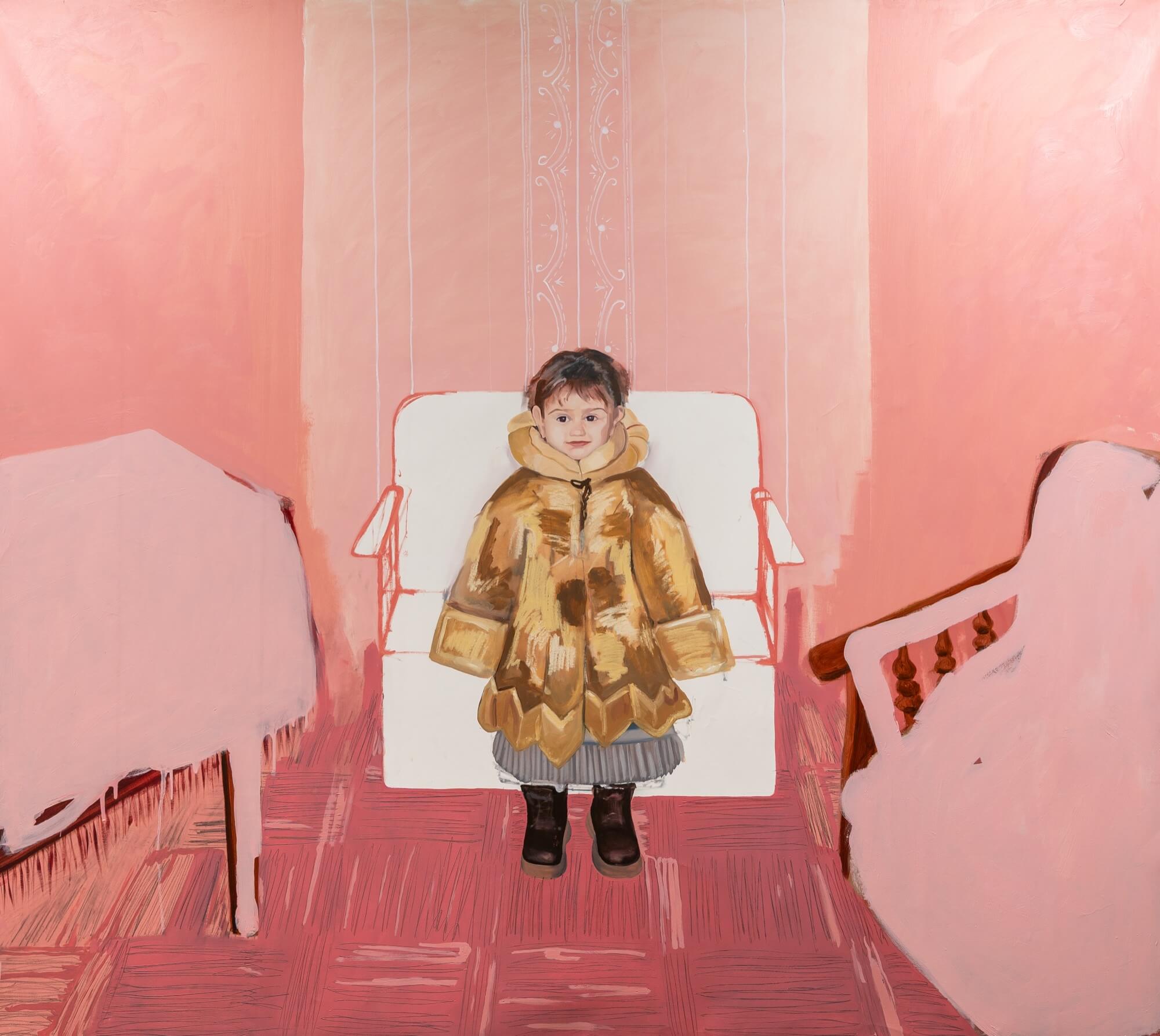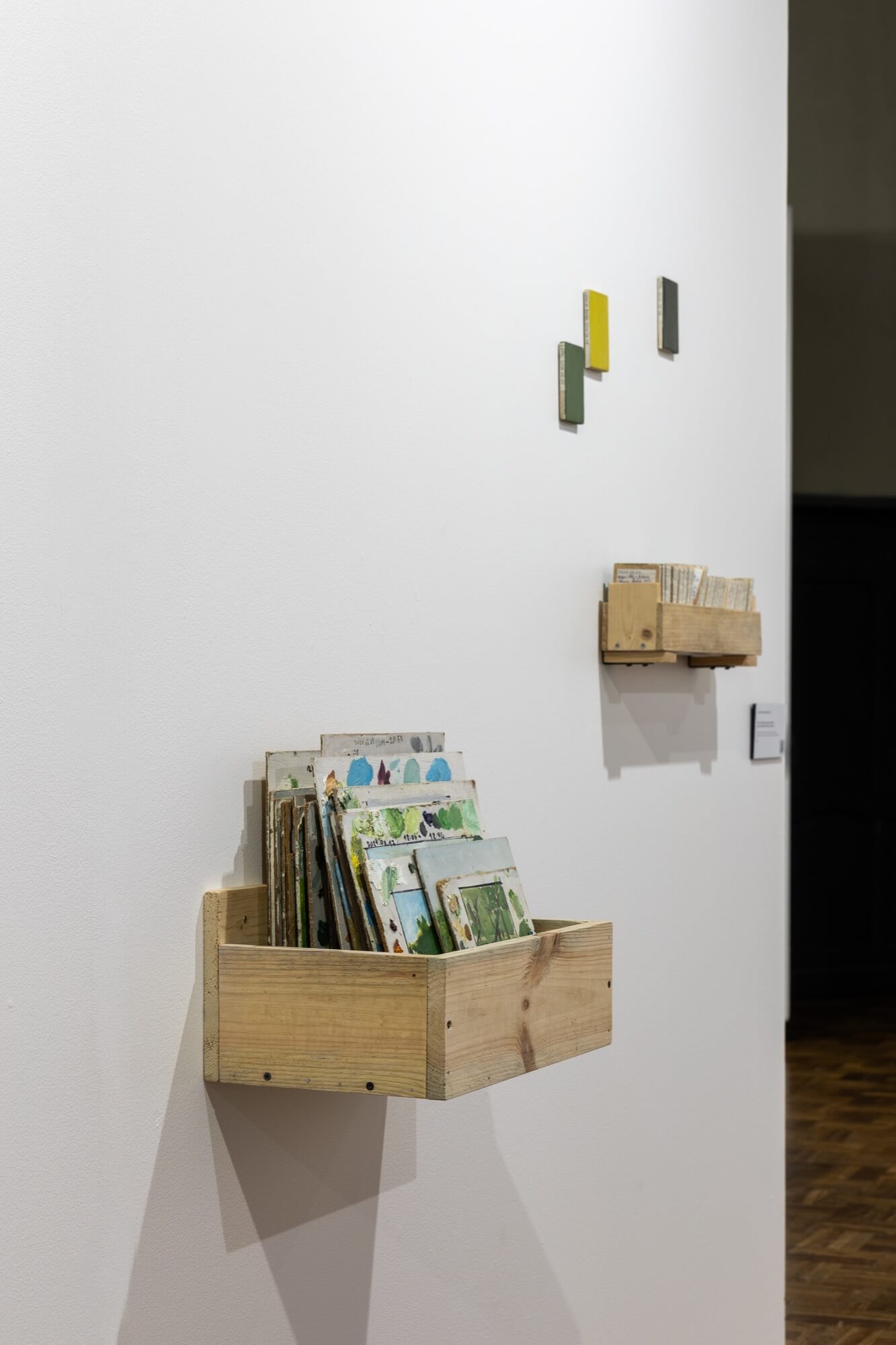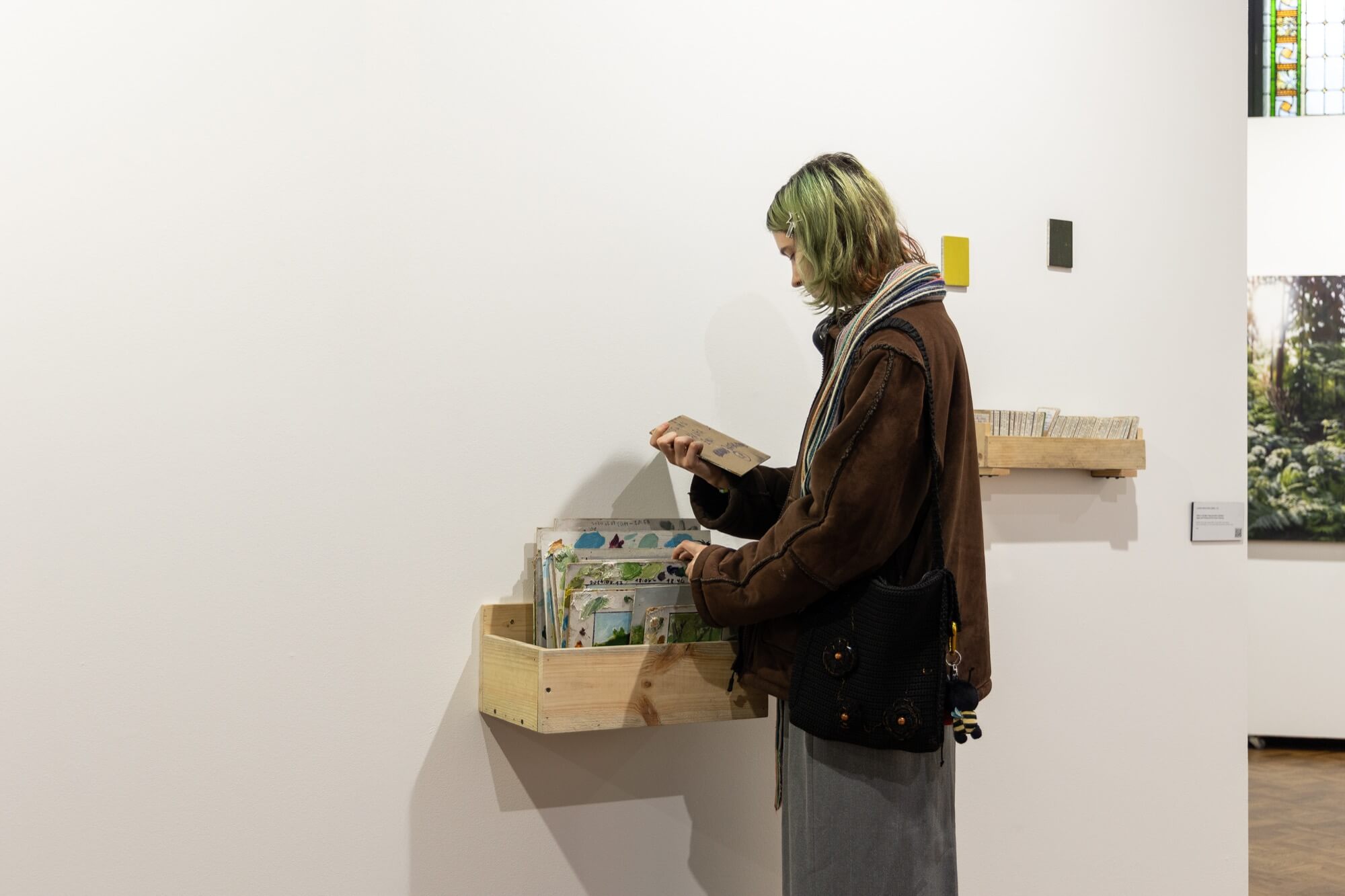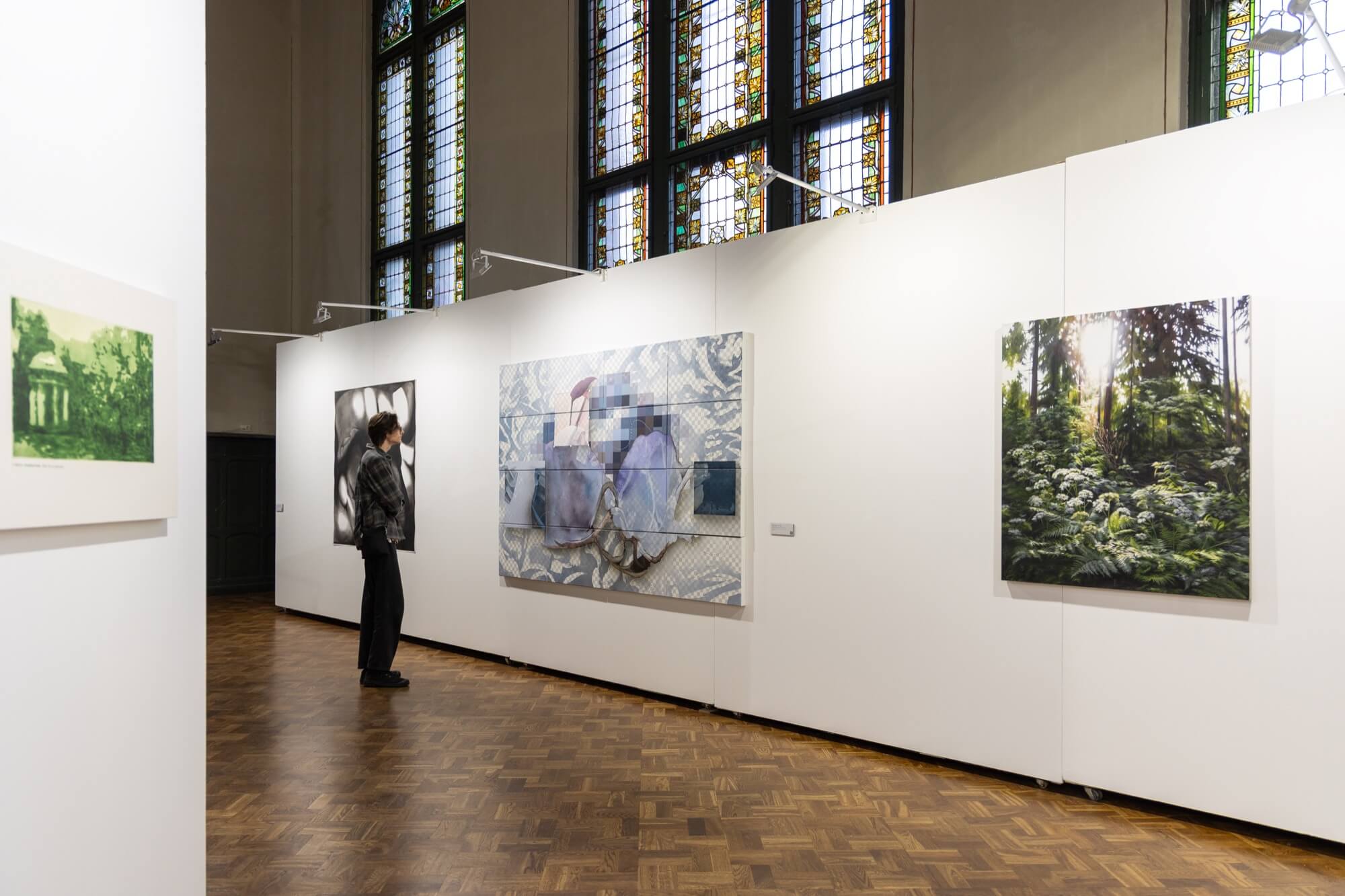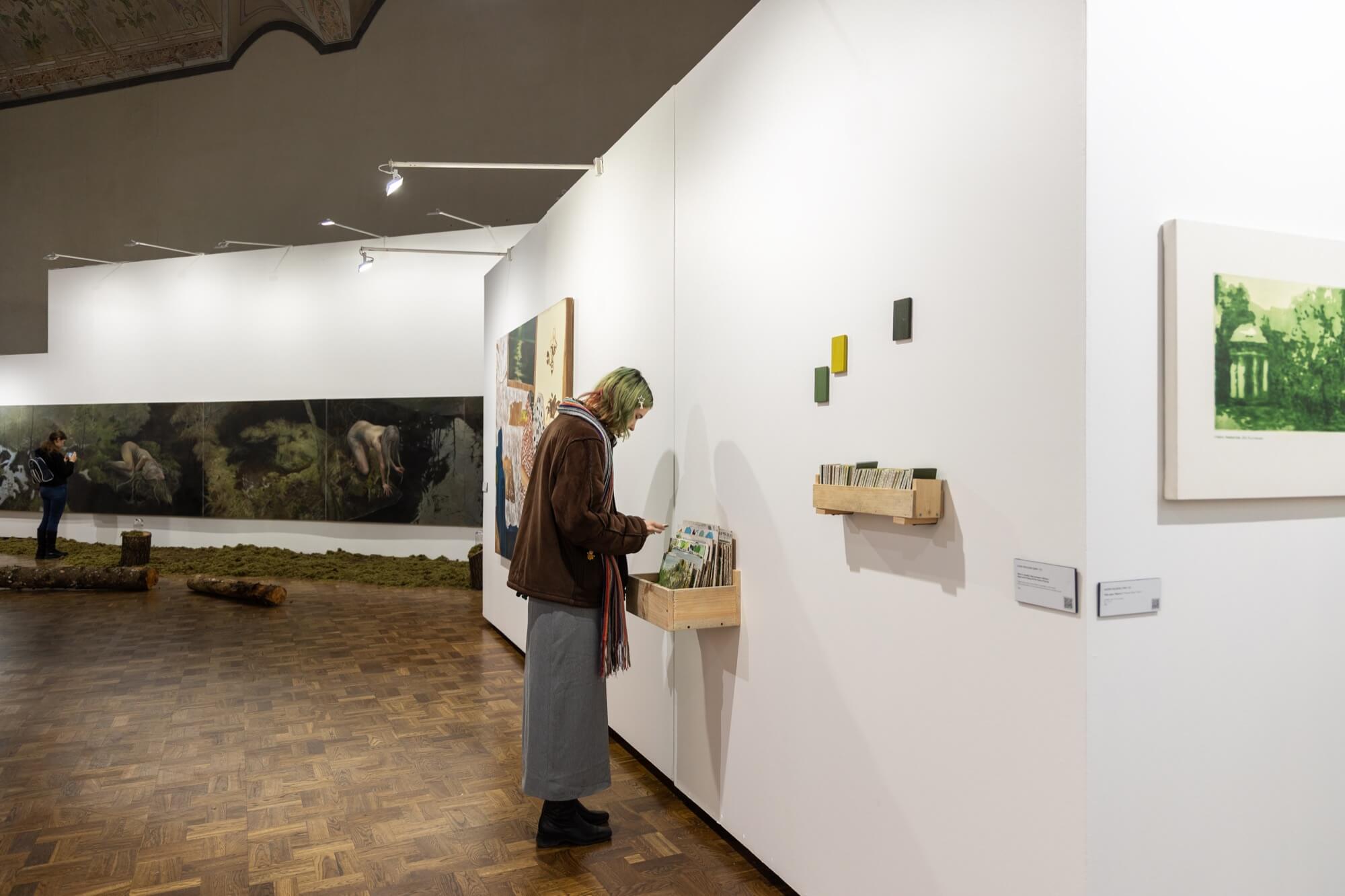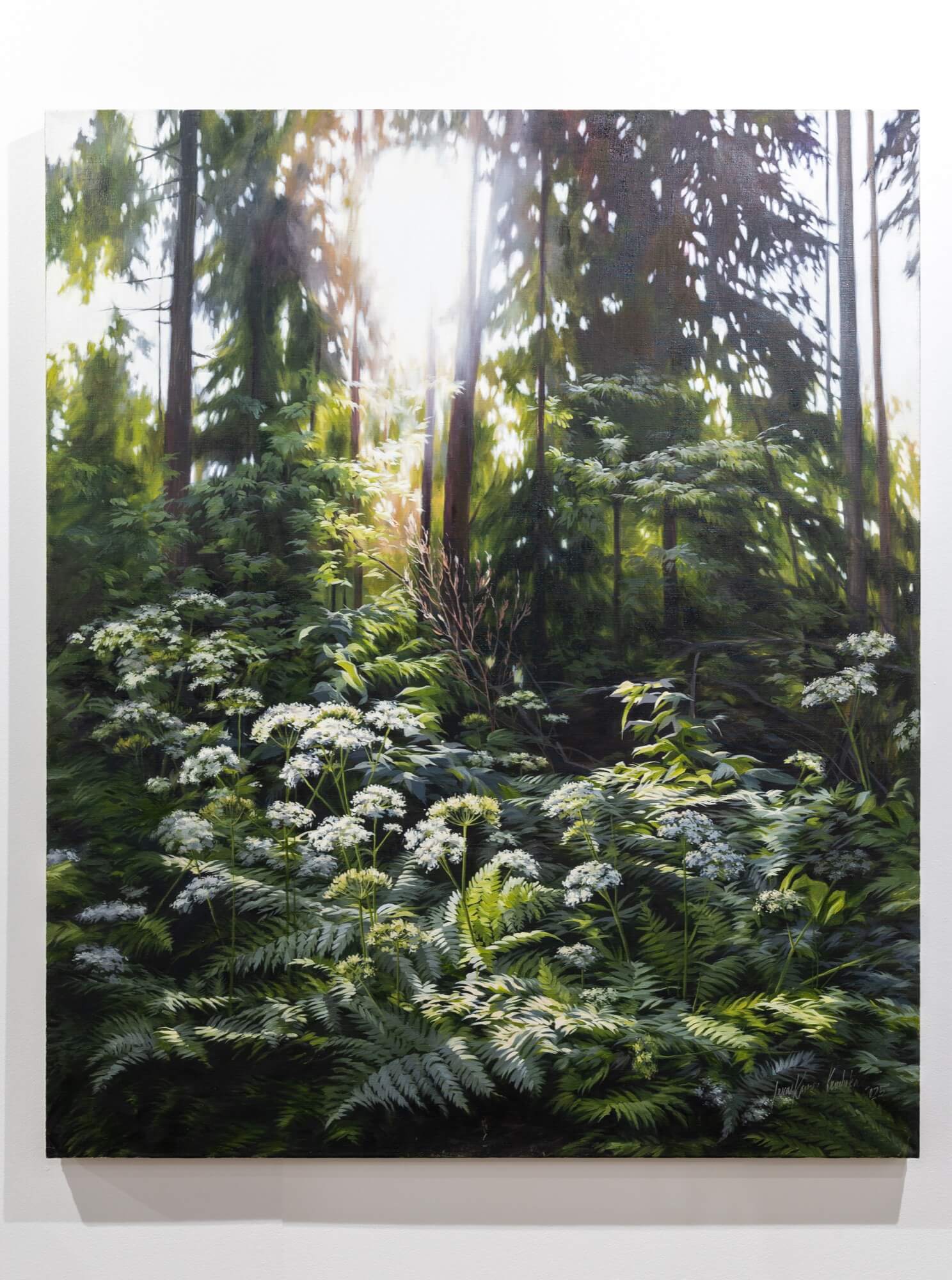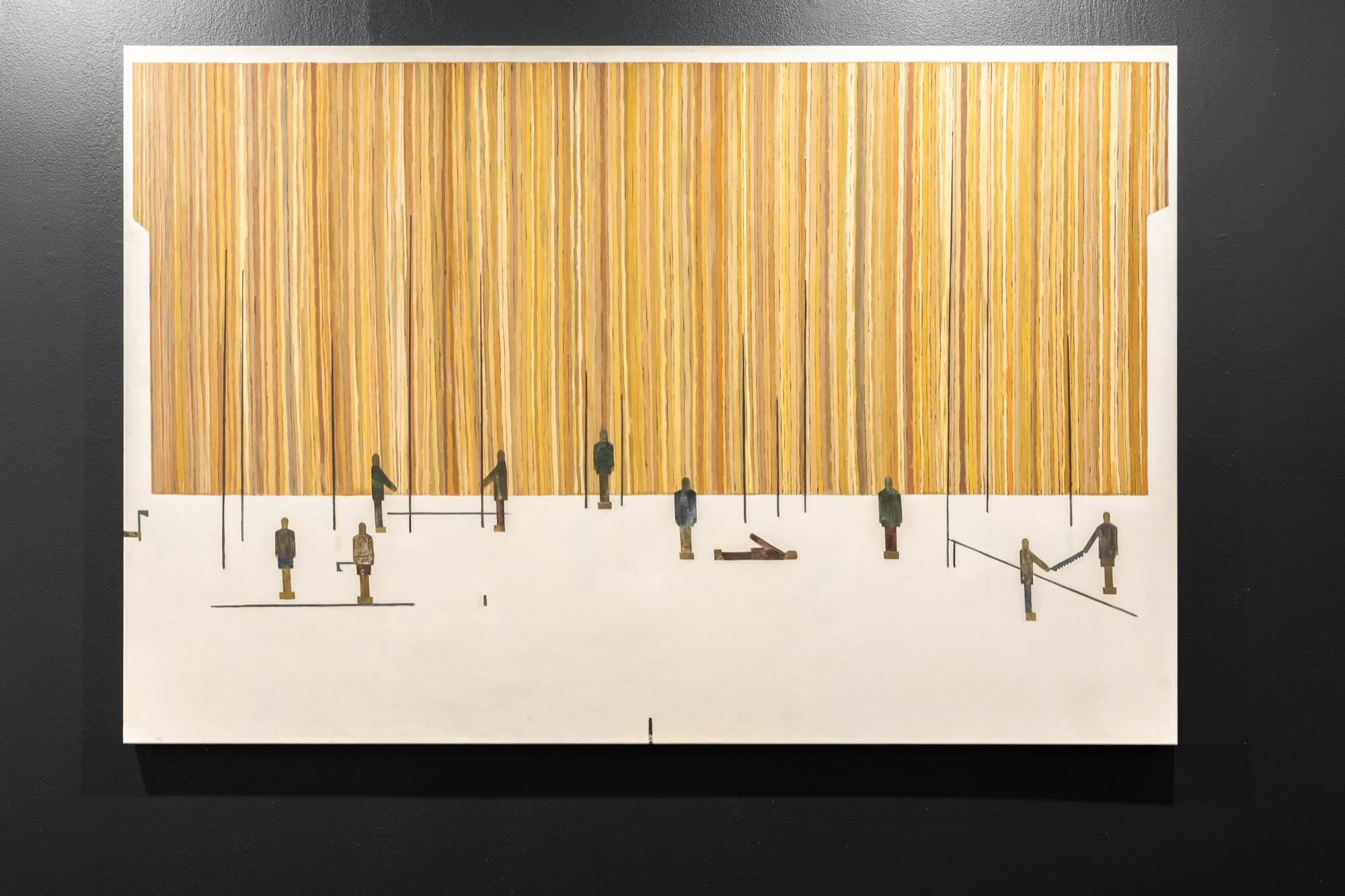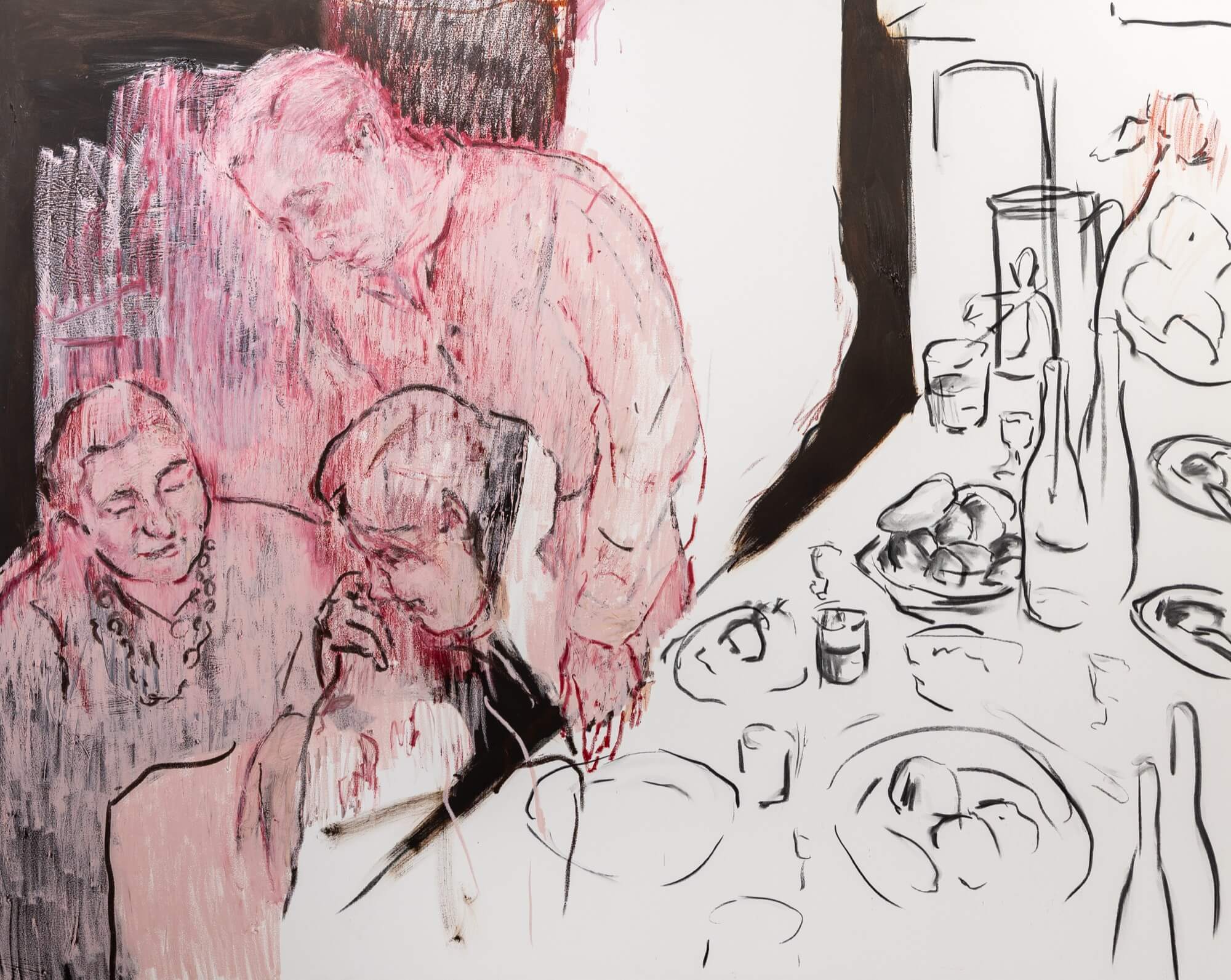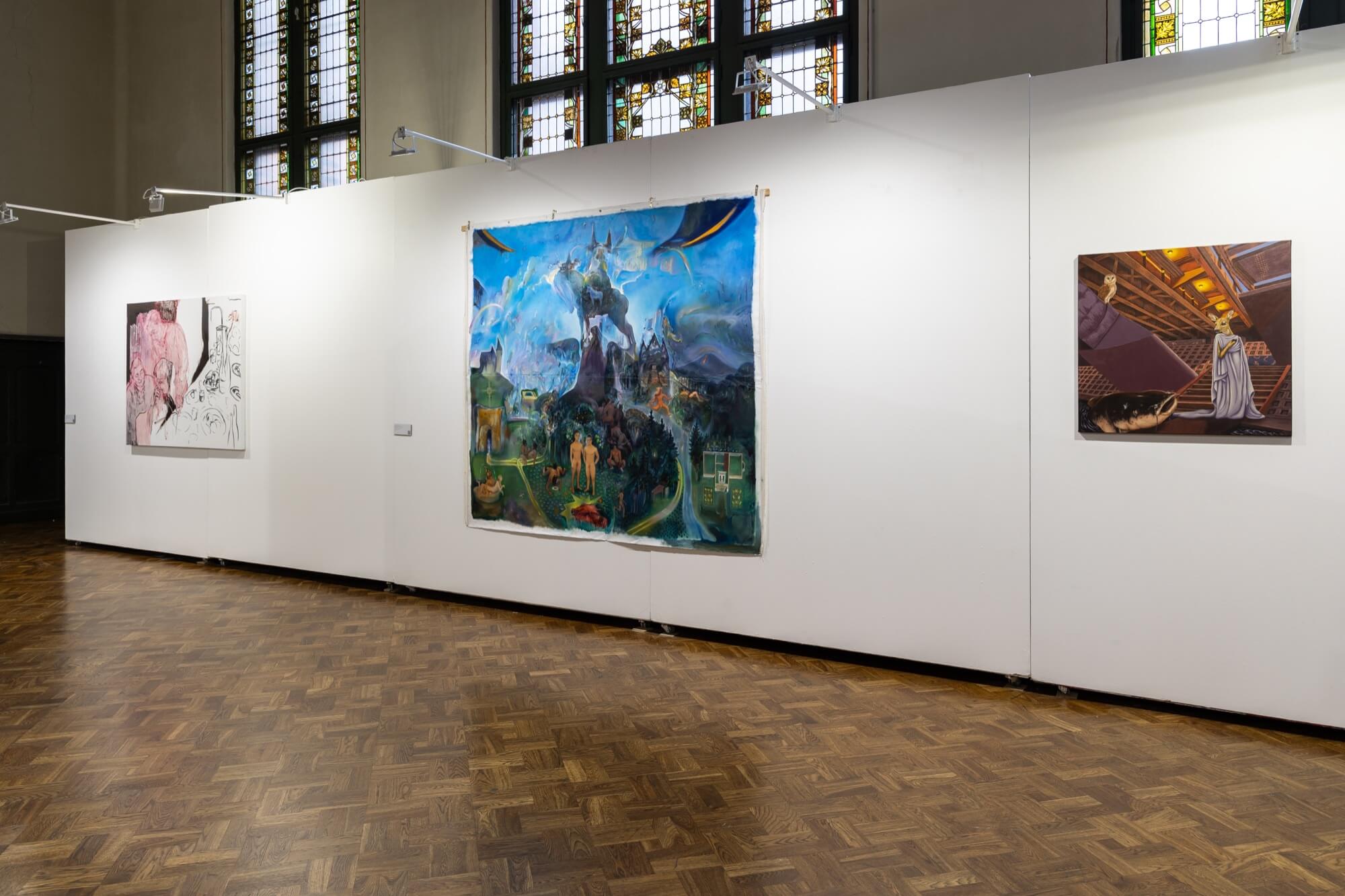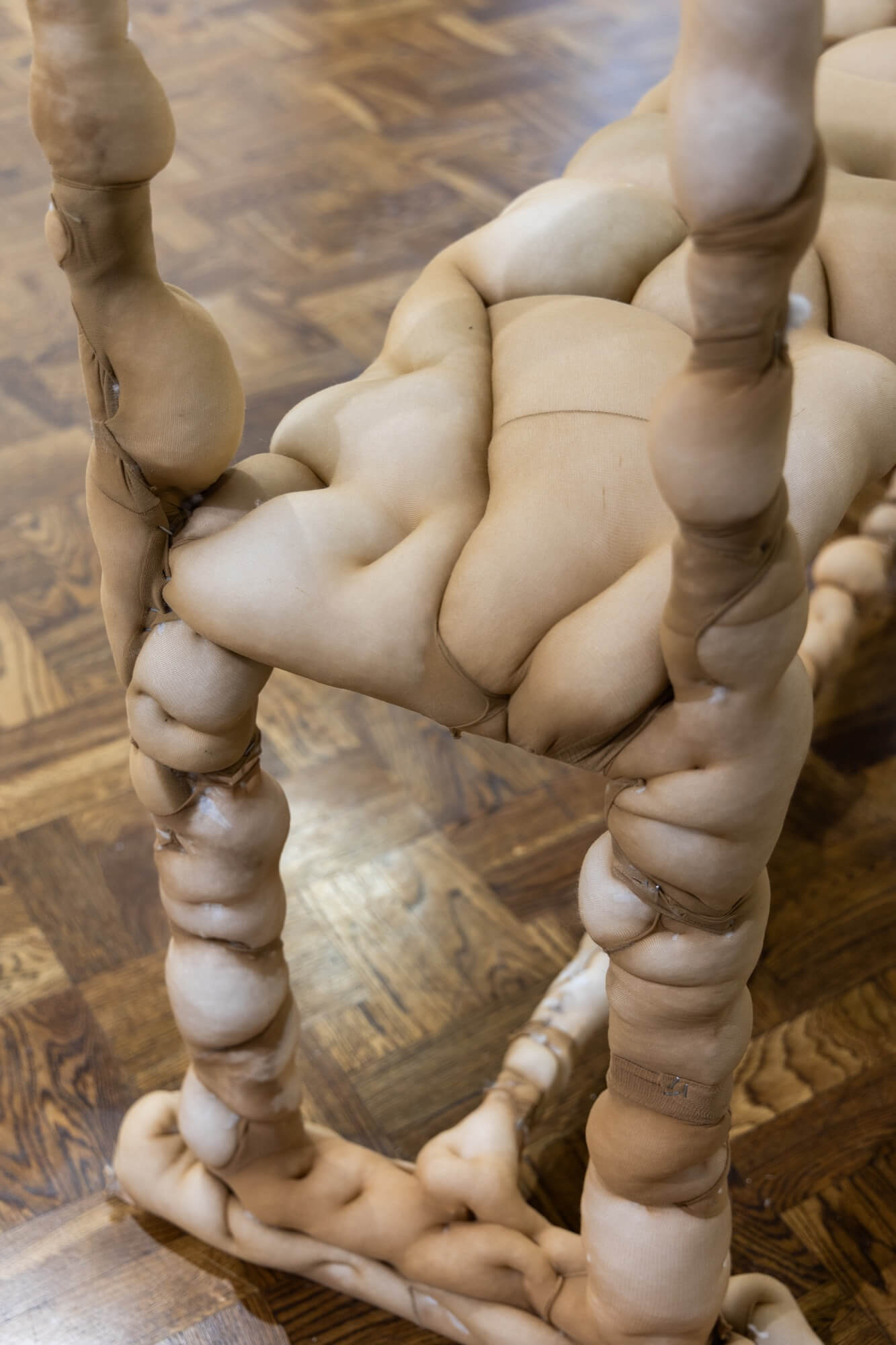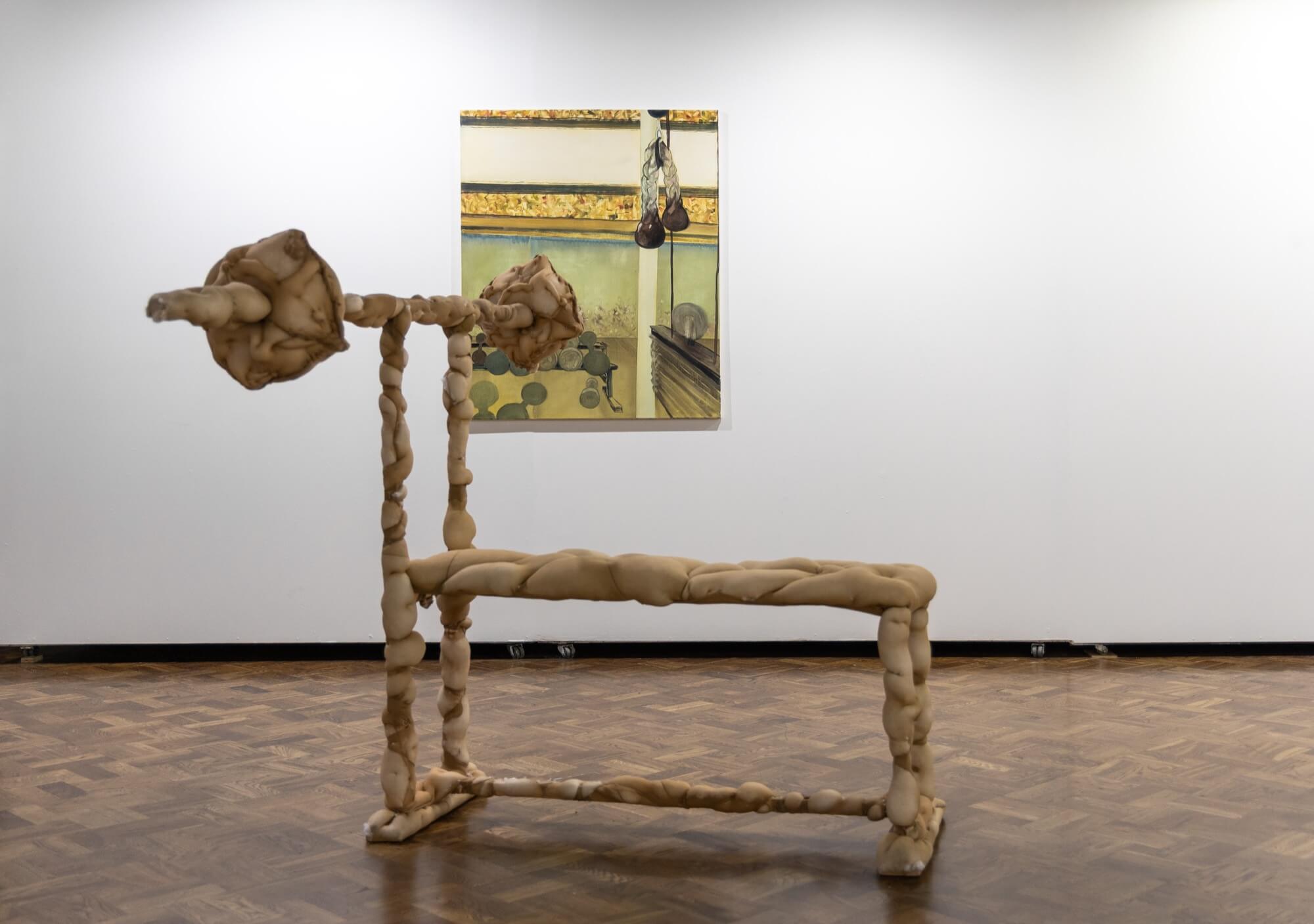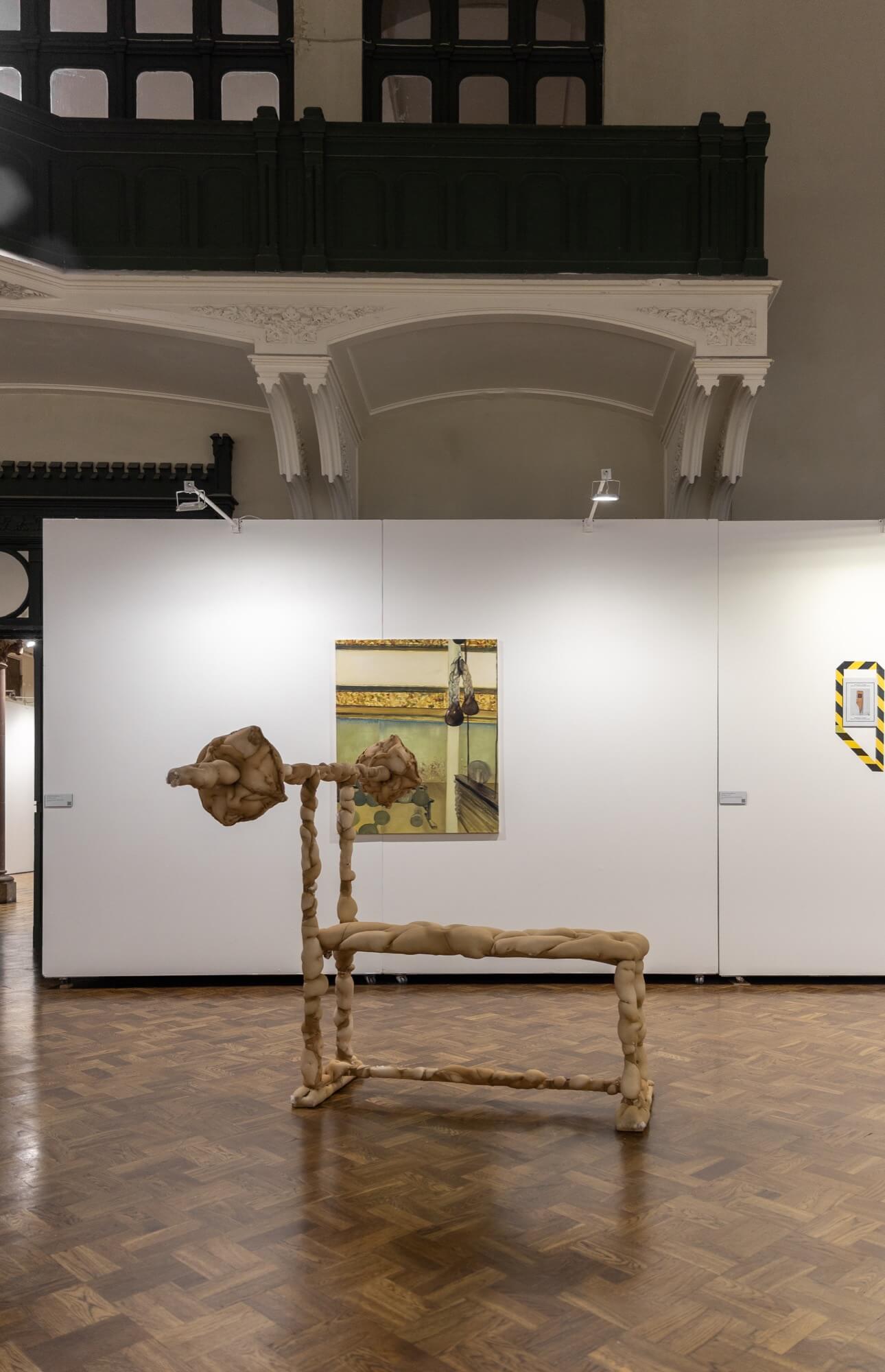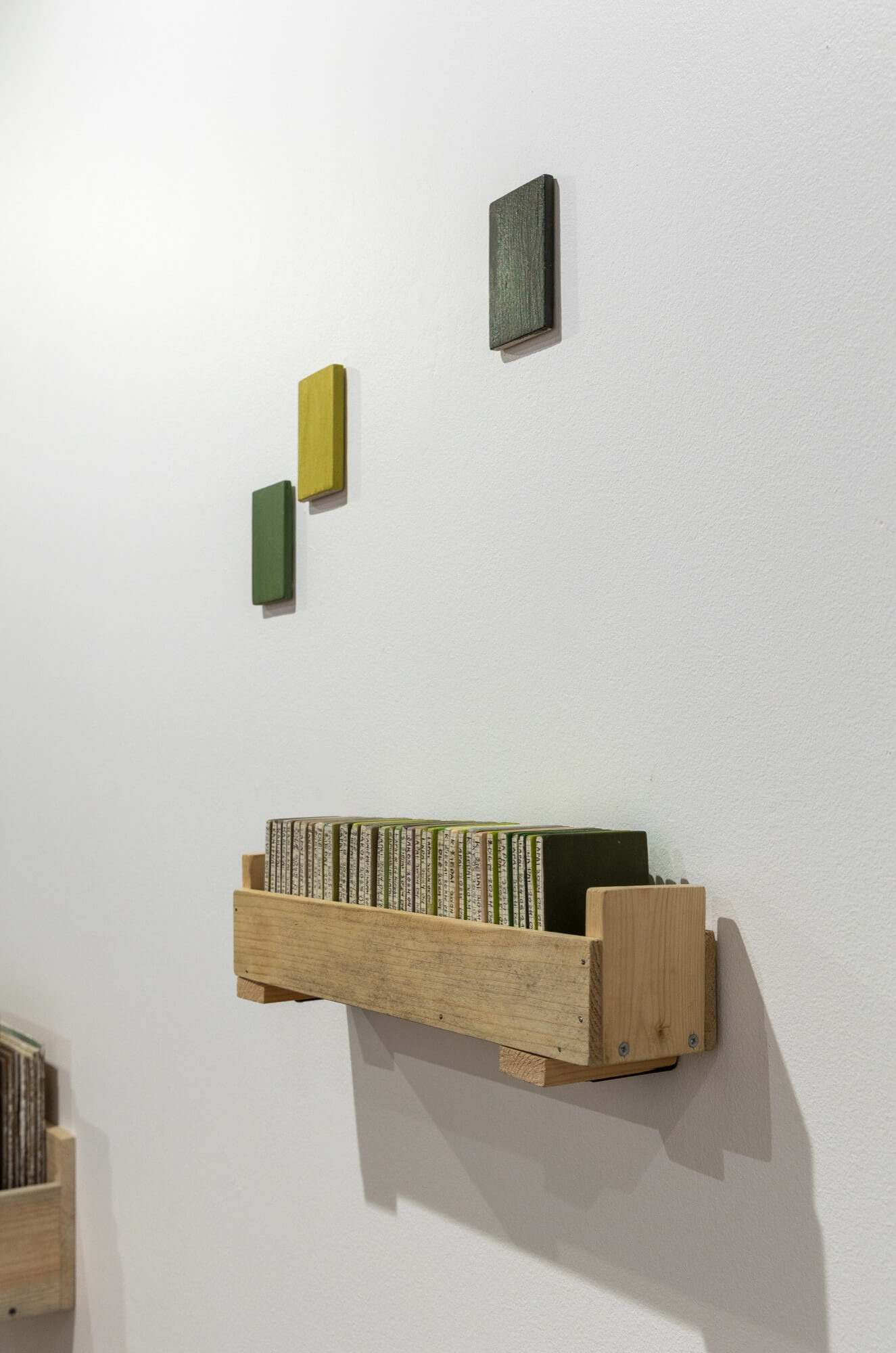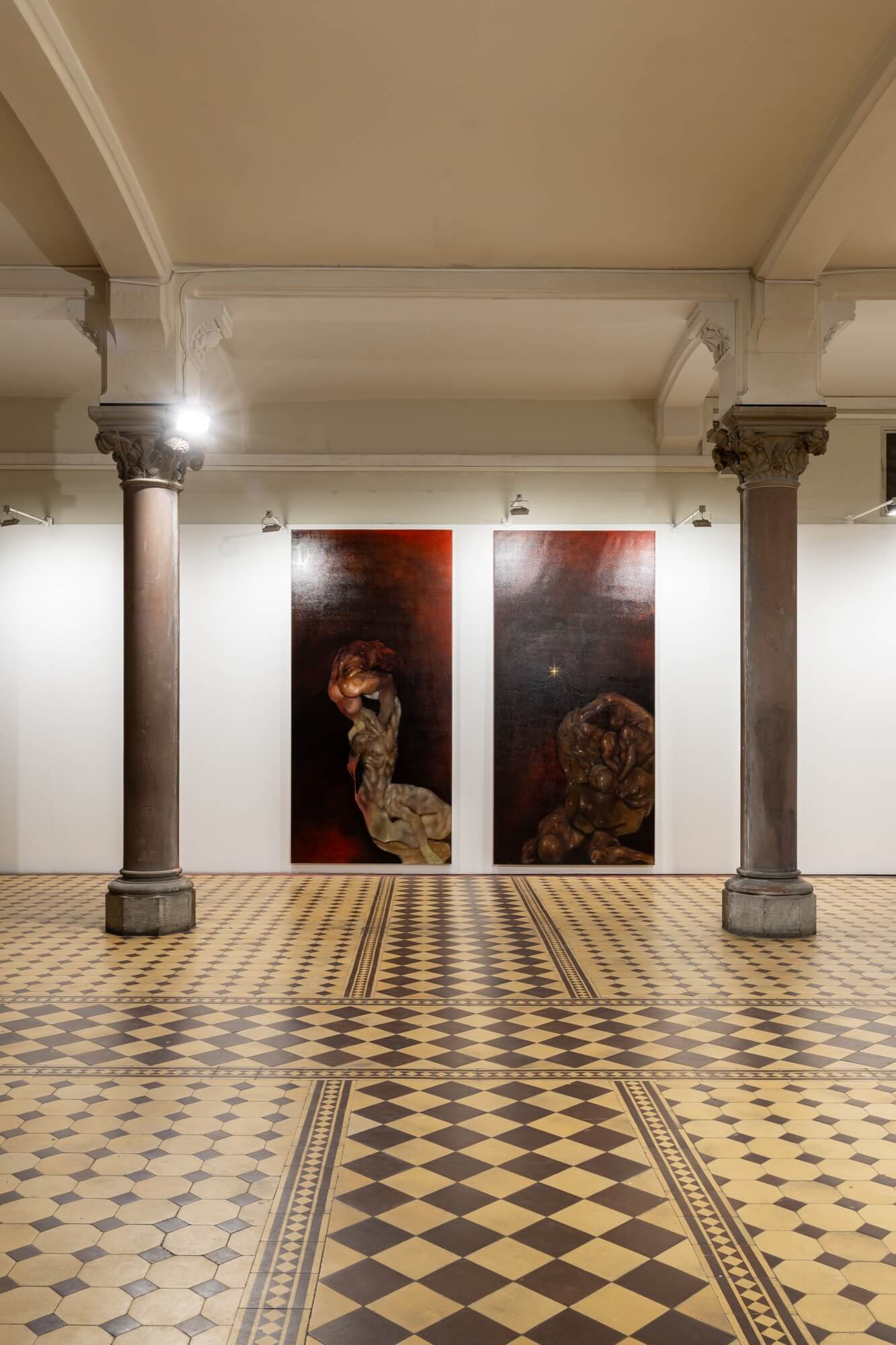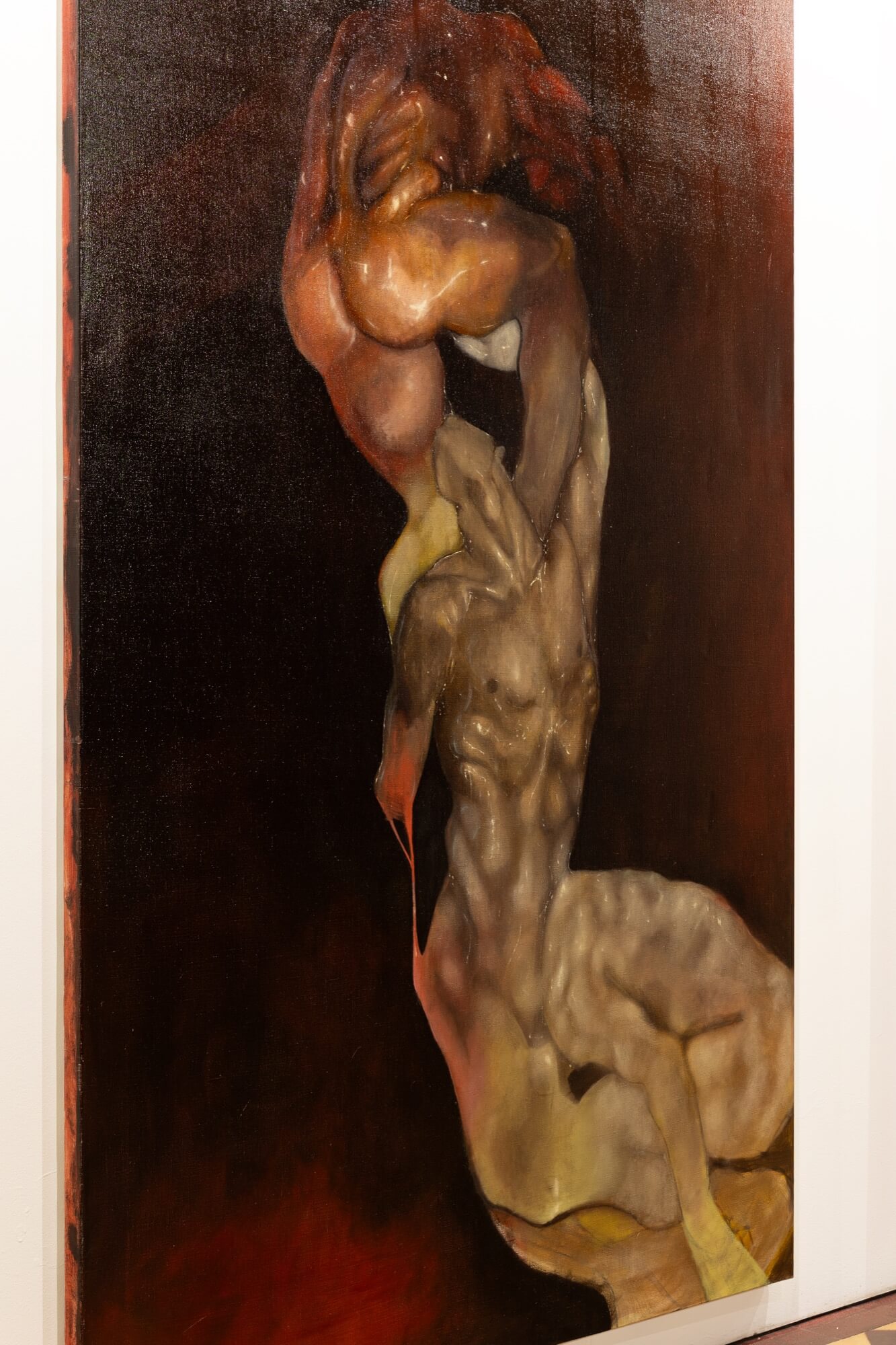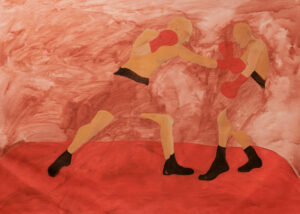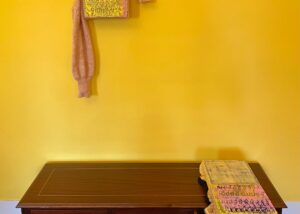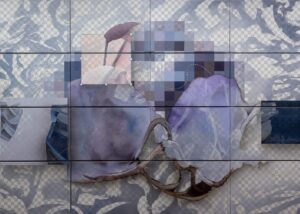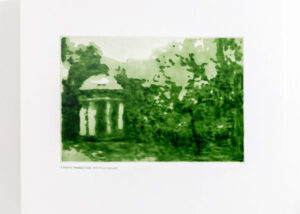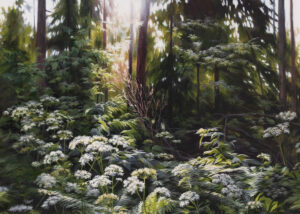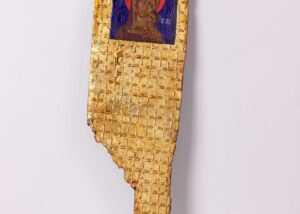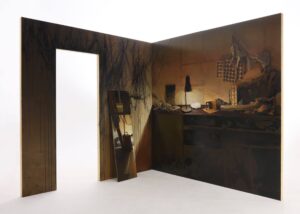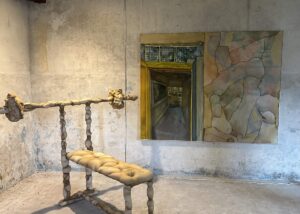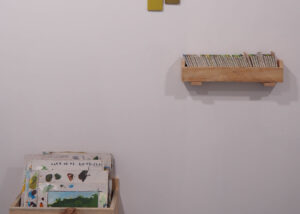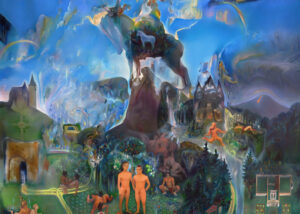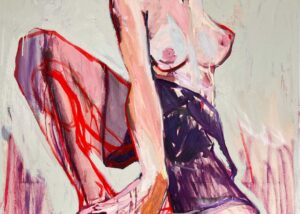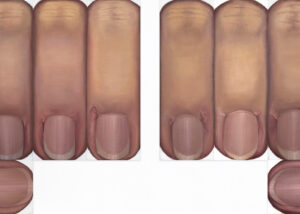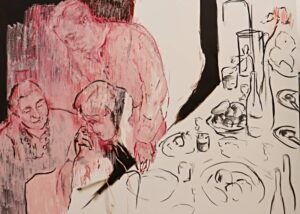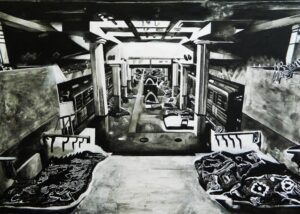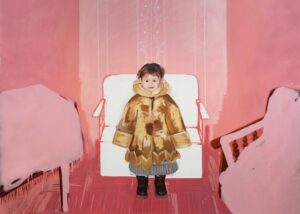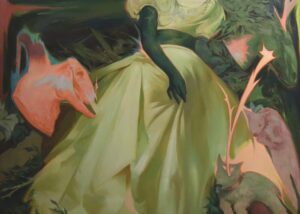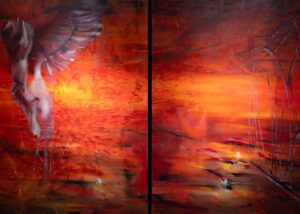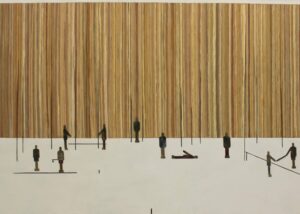About the Competition
The Young Painter Prize (YPP) is celebrating 17 Years of Emerging Baltic Art and returns in 2025 reaffirming its status as the most prominent art competition for young artists in the Baltic states. Since its founding in 2009, YPP has served as a vital platform for discovering and promoting the most promising painters from Lithuania, Latvia, and Estonia, and since 2022, it has also welcomed young Ukrainian artists in solidarity with Ukraine’s ongoing fight for freedom.
At its core, the YPP competition aims to present a vibrant and diverse Baltic identity to the global cultural scene. It encourages young artists, aged 18 to 33, to explore their creative roots while engaging in critical dialogue with contemporary art movements. The competition fosters meaningful exchange within the region and provides opportunities for artists to grow professionally through visibility, recognition, and community engagement.
This year, YPP reached an exciting new milestone – for the first time, the finalists’ exhibition will be held across all three Baltic countries. The main exhibition opens at the Latvian Academy of Arts Gallery in Riga (Latvia), followed by satellite showcases at Pragiedruliai, the exhibition branch of the Stasys Museum (Lithuania) and Tartu Art House (Kunstimaja) in Estonia. This expanded reach not only strengthens regional ties but also provides broader access for audiences, collectors, and art professionals.
A distinguished panel of five international art experts will evaluate the submitted works and select 20 finalists, whose art will form the centerpiece of the 2025 exhibition cycle. Beyond the gallery walls, the YPP team will also facilitate artist talks, curatorial tours, and professional networking events to nurture deeper engagement between artists and the global art community.
As a non-profit initiative, the Young Painter Prize (YPP) is made possible through the efforts of dedicated organizers, ambassadors, and partners—including long-term patrons and sponsors from both the private and public sectors. These collaborations ensure YPP’s long-term impact and sustainability, while empowering the next generation of Baltic artists.
Whether you are an emerging painter, an art lover, or a cultural institution, YPP 2025 invites you to take part in shaping the future of Baltic art.
The 17th Young Painter Prize begins!
The Young Painter Prize (YPP) is thrilled to announce the official opening of its 17th annual competition.
Eligible applicants must be aged 18 to 33 and working in traditional painting techniques. In addition, all applicants must be either residents of Lithuania, Latvia, Estonia, or Ukraine, or citizens of these countries living abroad.
From all eligible entries, a jury of five esteemed art professionals will select 20 finalists to exhibit their work at the Art Academy of Latvia in Riga from October 30 to November 24, 2025. The exhibition will then travel to:
- Pragedruliai, Lithuania (partner of Stasys Museum) — December 4, 2025 to January 19, 2026
- Tartu Kunstimaja, Estonia — January 30 to March 3, 2026
The deadline for submissions is September 7, 2025.
For more information, please visit https://ypp.art/application/
2025 Winners
Congratulations to this year’s Young Painter Prize winner, August Joost (Estonia), and to the 2025 Luminor Prize for Youth Empowerment recipient, Ieva Kampe-Krumholca (Latvia). Honourable mentions were also awarded this year to Katrīna Levāne (Latvia), Stefan Stoikov (Ukraine) and Mantas Valentukonis (Lithuania).
Young Painter Prize 2025 winner
2025 Luminor Prize for Youth Empowerment winner
Young Painter Prize 2025 Honourable mentions
2025 Event Photo Gallery
2025 YPP Catalogue
2025 Press Articles
2025 Finalists
We are excited to share that this year’s Young Painter Prize received an impressive 157 submissions!
Given the outstanding quality of the entries, we have selected 25 finalists, presented below in alphabetical order:
YPP 2025 jury
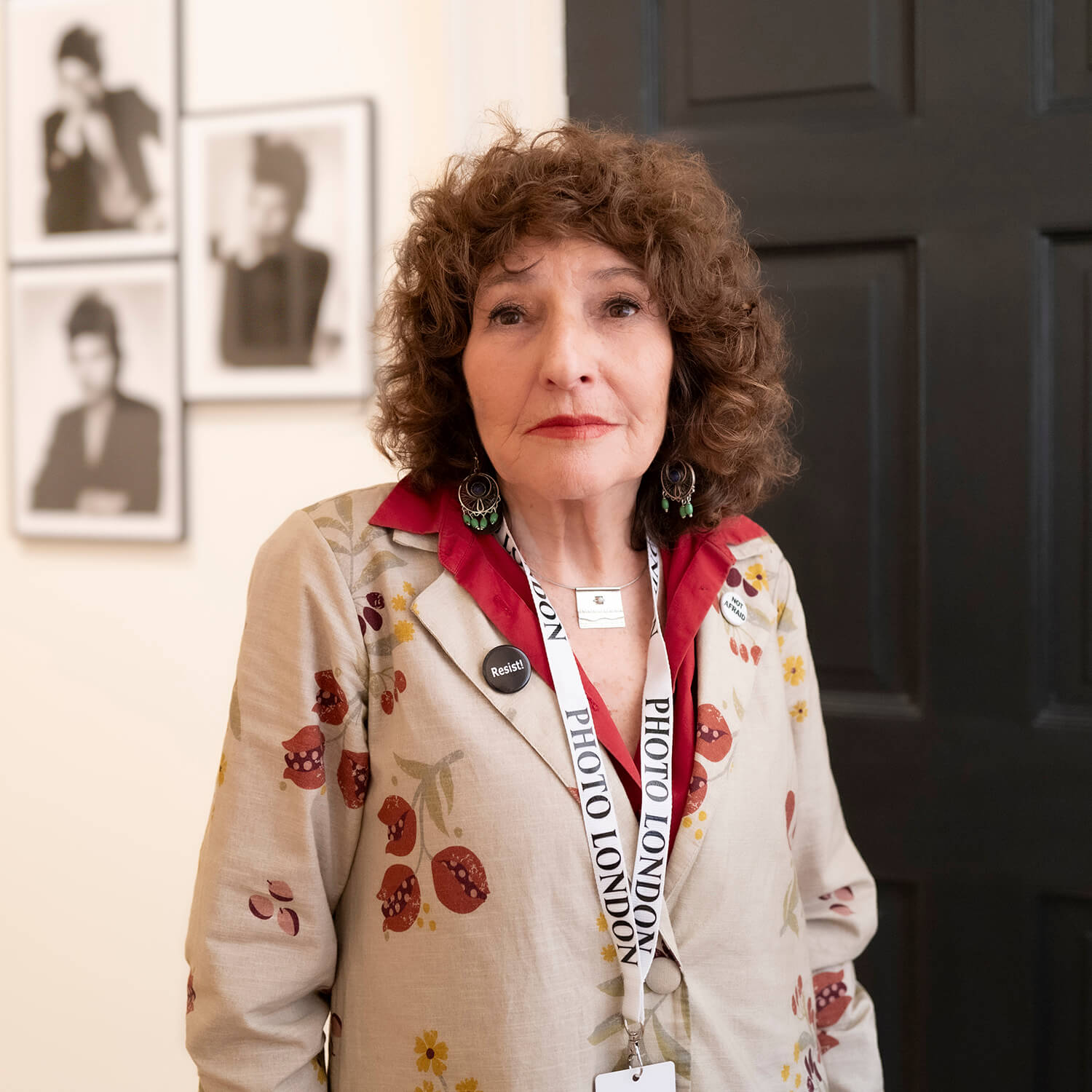
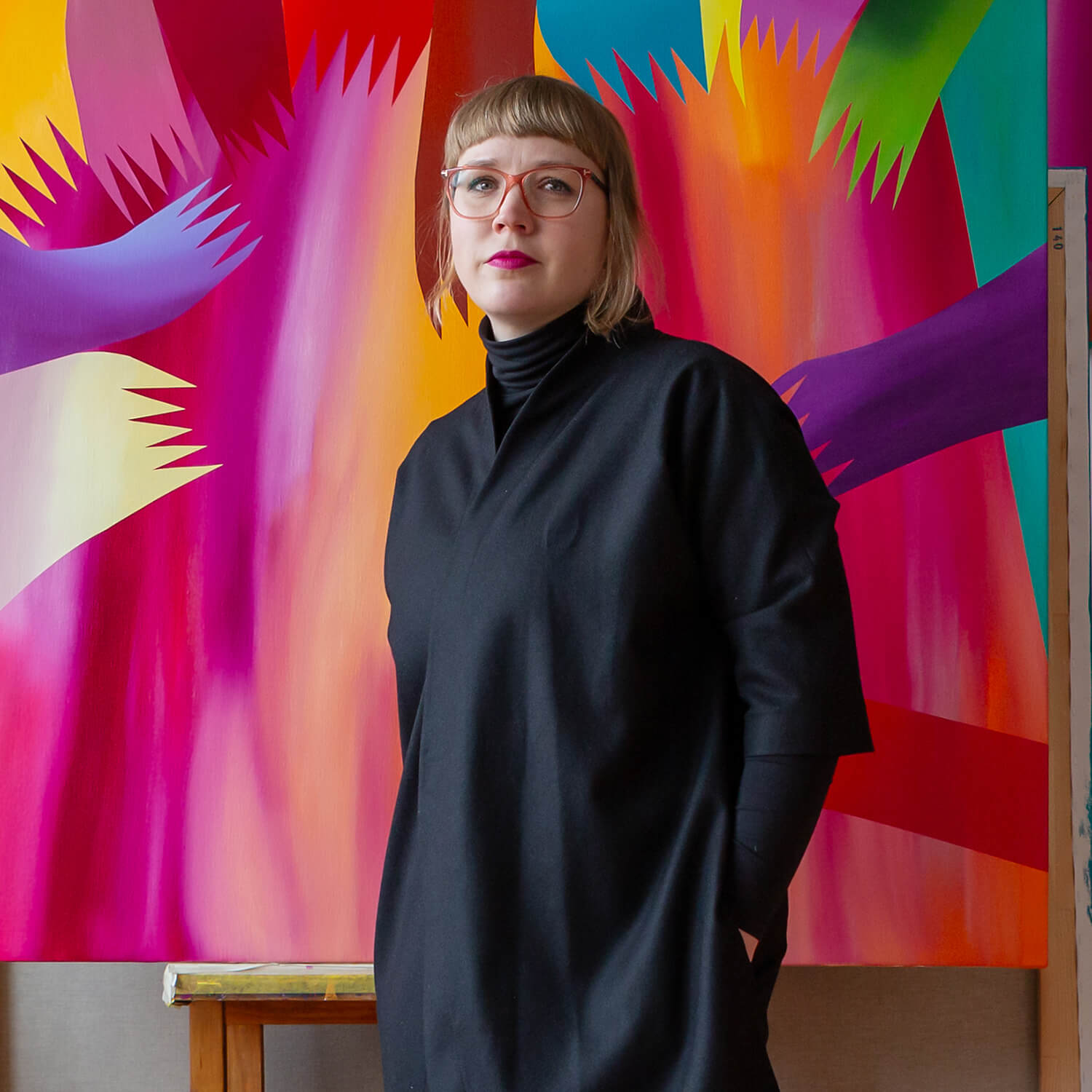



YPP 2025 patrons
Ortiz family
Raila family
Rasa Juodviršienė
Bajorūnas/Sarnoff Foundation
YPP 2025 sponsors

YPP 2025 is co-financed by the Lithuanian Council for Culture.
YPP 2025 partners
At the award ceremony held in Riga on 14 November 2025, the Young Painter Prize announced this year’s [...]
We are excited to share that this year’s Young Painter Prize received an impressive 157 submissions! Given the [...]
The Young Painter Prize (YPP) is thrilled to announce the official opening of its 17th annual competition. Eligible applicants must be aged [...]

